The 8 Best Wine ECommerce Websites In Australia







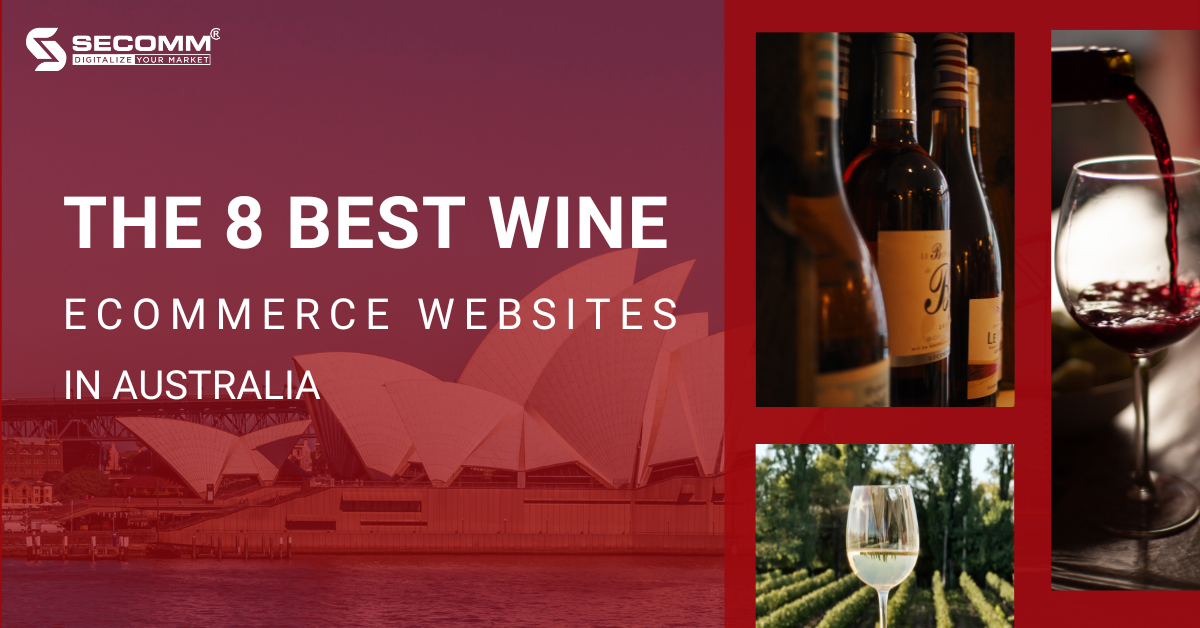
The wine eCommerce industry in Australia is rapidly growing and has the potential for further expansion in the future. According to IBISWorld, the revenue for this sector is projected to surpass $374 billion by 2023, with an annual growth rate of 10.51%.
Let’s explore the websites of the 8 most beloved liquor brands in Australia that have contributed to driving the growth of wine eCommerce in this market.
1. Dan Murphy’s
Dan Murphy’s is a retail brand specializing in the sale of top-quality wines and alcoholic beverages in Australia. With a history of over 60 years in operation, Dan Murphy’s has built a strong reputation within the Australian consumer community.
Through its chain of traditional stores and eCommerce website, Dan Murphy’s enables customers to shop with a wide range of options and convenience.
The eCommerce website of Dan Murphy’s is where customers can experience easy and flexible online shopping. With a user-friendly interface, the website provides detailed product information, consumer reviews, and attractive promotional programs.
Customers can enjoy a comfortable and secure shopping experience with assurance regarding the quality and origin of products from this reputable brand.

- Website: danmurphys.com.au
- Platform: PHP programming language
- Traffic: 4.1 M/month
- Ranking: #216 (Australia) & #15,233 (Global)
2. BWS
BWS is known as a leading alcohol retail brand in Australia. The brand is renowned for its diverse product portfolio, including wines, domestic and international beers, as well as various spirits from around the world.
BWS’s wine eCommerce website provides a convenient and flexible online shopping experience. In addition to offering detailed product information and prices, the website incorporates various special features. These include exclusive promotional programs, consumer reviews, advanced search options, and one-page checkout.
In addition to the eCommerce website, BWS has developed a mobile app, allowing customers to shop conveniently anytime, anywhere.
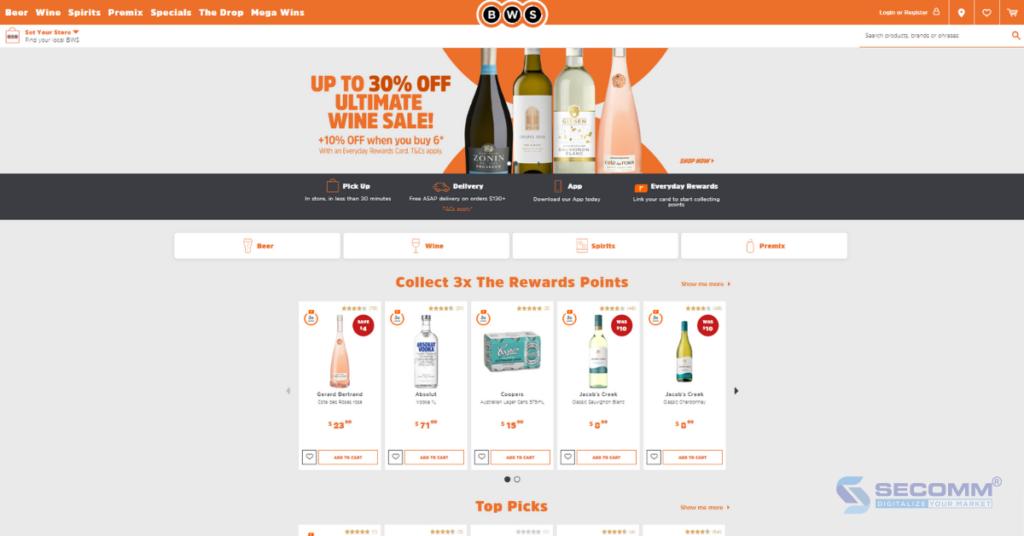
- Website: https://bws.com.au/
- Platform: PHP programming language
- Traffic: 1.8 M/month
- Ranking: #517 (Australia) & #35,725 (Global)
3. Liquorland
Liquorland is one of the prominent names in the alcohol retail market in Australia. With over 700 stores spread across the country, Liquorland has established a strong presence in the market and has become a favorite destination for those who appreciate fine wines and exceptional beverages.
Liquorland not only focuses on providing quality products but also emphasizes a comfortable and friendly shopping experience through its eCommerce website. The website is built with various unique features such as product filtering and search, displaying products by category, showcasing customer reviews, options for delivery and in-store pickup, and one-page checkout.
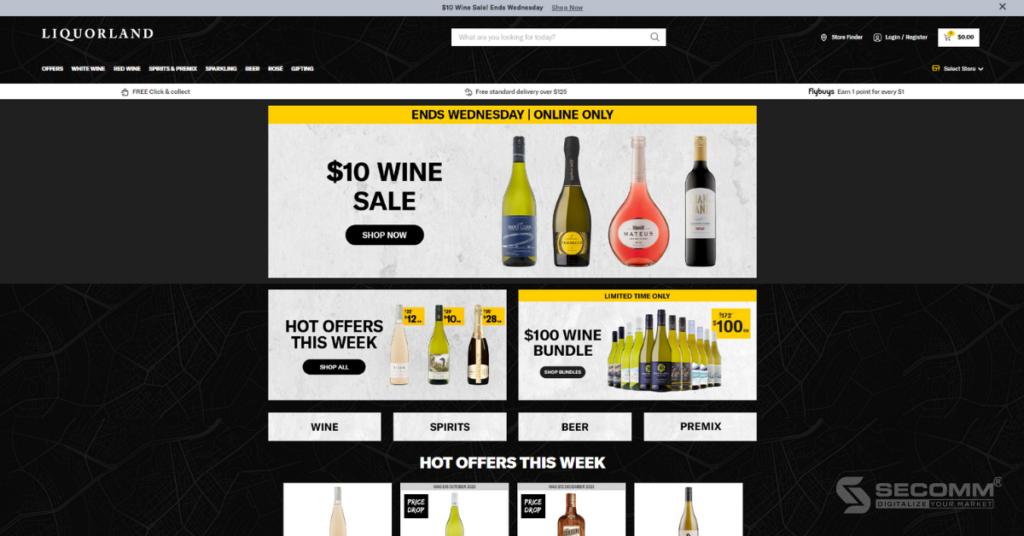
- Website: https://www.liquorland.com.au/
- Platform: PHP programming language
- Traffic: 1.1 M/month
- Ranking: #970 (Australia) & #61,597 (Global)
4. First Choice Liquor
The liquor and alcohol retail chain First Choice Liquor owns over 100 stores throughout Australia and is the choice of many consumers in the country. This retail brand offers a diverse range of products such as wines, spirits, beers, and various alcoholic beverages worldwide.
On the First Choice Liquor eCommerce website, customers can easily search, browse, and purchase products through a user-friendly and navigable interface. Several unique features are also integrated into the website to optimize the customer experience.
These include store locator functionality, choosing the nearest store, product filtering, and search, displaying detailed product information, one-page checkout, delivery and pickup options, and more.

- Website: https://www.firstchoiceliquor.com.au/
- Platform: PHP programming language
- Traffic: 855.8 K/month
- Ranking: #1,065 (Australia) & #71,293 (Global)
5. Vinomofo
Vinomofo is a renowned wine brand from Australia with a simple yet powerful slogan, “Make wine fun.” This brand has created a passionate community around wine, where people can share and enjoy the collective enthusiasm for wine culture.
Vinomofo’s eCommerce website is built with advanced features such as product filtering and search, product previews, displaying detailed product information, showing related products, and one-page checkout. In addition, Vinomofo provides customers with a shopping policy that includes various payment methods and flexible return and exchange policies.
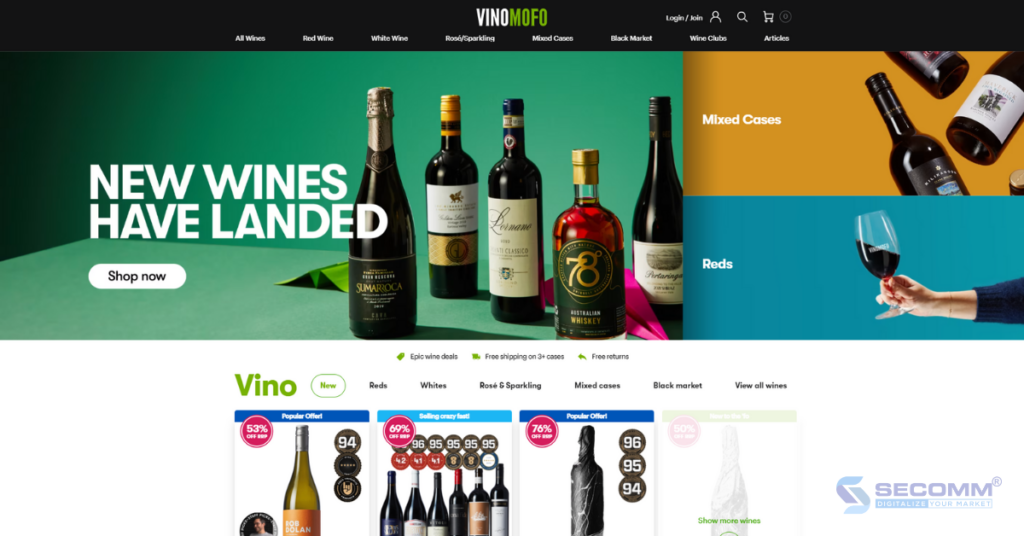
- Website: https://www.vinomofo.com/
- Platform: PHP programming language
- Traffic: 658.2 K/month
- Ranking: #3,615 (Australia) & #211,091 (Global)
6. Wine Direct
Wine Direct is known for its diverse product portfolio, ranging from classic wine bottles to the most modern and popular options in the market. The brand also stands out for its excellent customer service, providing detailed product information and post-purchase care to ensure maximum customer satisfaction.
Wine Direct’s website is designed to be modern and user-friendly, offering an easy and comfortable online shopping experience. The website not only provides comprehensive information about each wine bottle but also integrates features such as consumer reviews and special promotional programs.
With a strong presence in the Australian market, Wine Direct continues to be a trusted destination for those who love and appreciate the art of wine tasting.
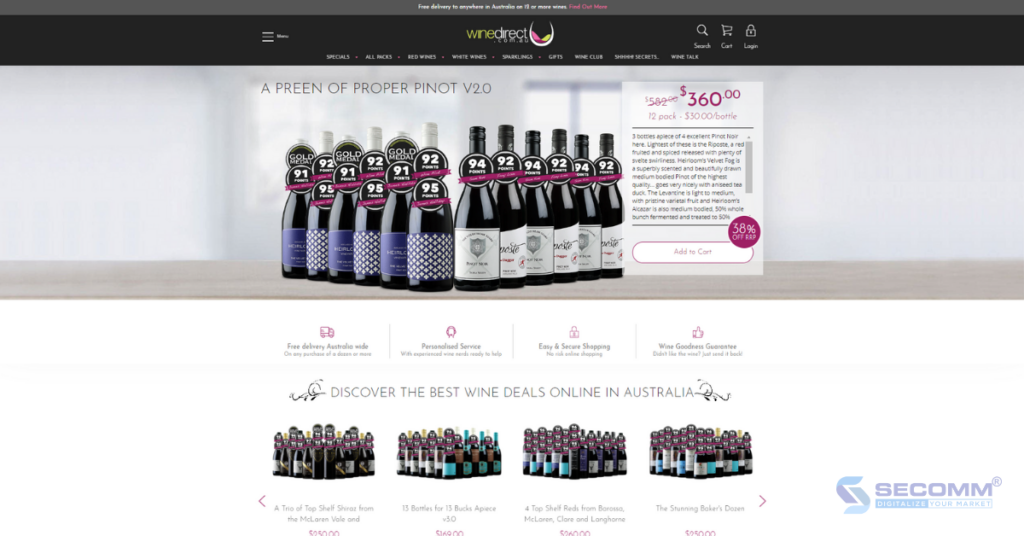
- Website: https://www.winedirect.com.au/
- Platform: Magento
- Traffic: 61.3 K/month
- Ranking: #22,045 (Australia) & #933,066 (Global)
7. Just Wines
With over a decade of experience, Just Wines has built a strong reputation for providing diversity and high quality to Australian consumers. What sets Just Wines apart is its focus on establishing direct connections with wine producers and top vineyards, ensuring a reliable supply of quality wines and diversity in the product catalog.
The brand takes pride in offering customers a wide selection, ranging from traditional wines to new and unique discoveries in the market.
Just Wines’ eCommerce website is designed to be simple and user-friendly, enabling consumers to easily search, compare, and conveniently purchase wines. Additionally, Just Wines implements a customer loyalty program with various exclusive deals and attractive promotions, creating favorable conditions for customers to enjoy wines at the best value.
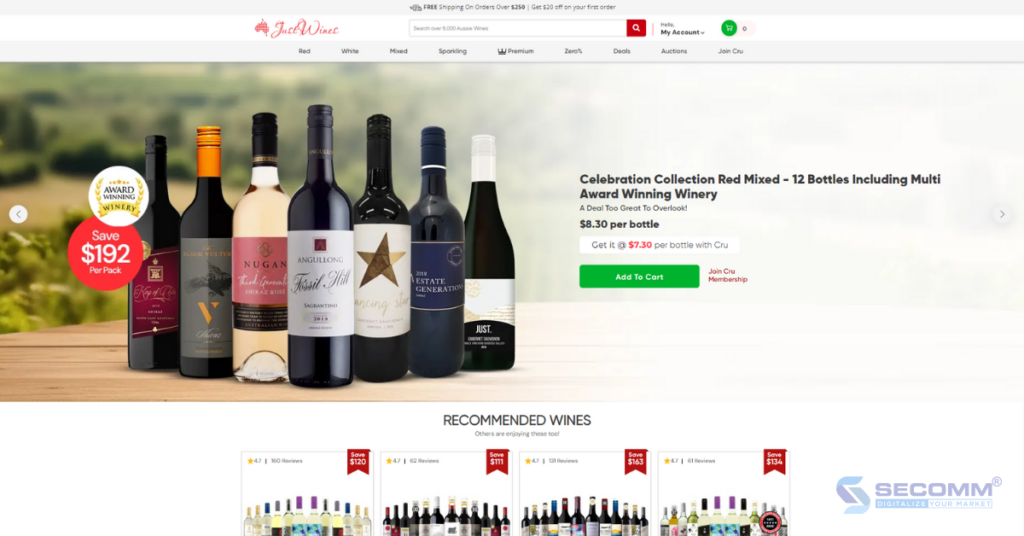
- Website: https://justwines.com.au/
- Platform: Magento
- Traffic: 39.9 K/month
- Ranking: #29,275 (Australia) & #1,121,766 (Global)
8. Trentham Estate
Trentham Estate is a renowned wine brand with a strong presence in the Australian market. With over three decades of history, Trentham Estate has played a significant role in the development and shaping of the Australian wine industry.
The brand is well-known for producing high-quality wines from renowned grape varieties cultivated in carefully tended vineyards. Trentham Estate is not just a winemaking facility but also a smart vineyard, overseeing the process from grapevines to wine barrels.
Trentham Estate’s eCommerce website is built with Magento, allowing customization of how product information is displayed, implementation of promotional programs, optimization of the payment process, and integration of various payment methods. This contributes to providing customers with a comprehensive and flexible online shopping experience.
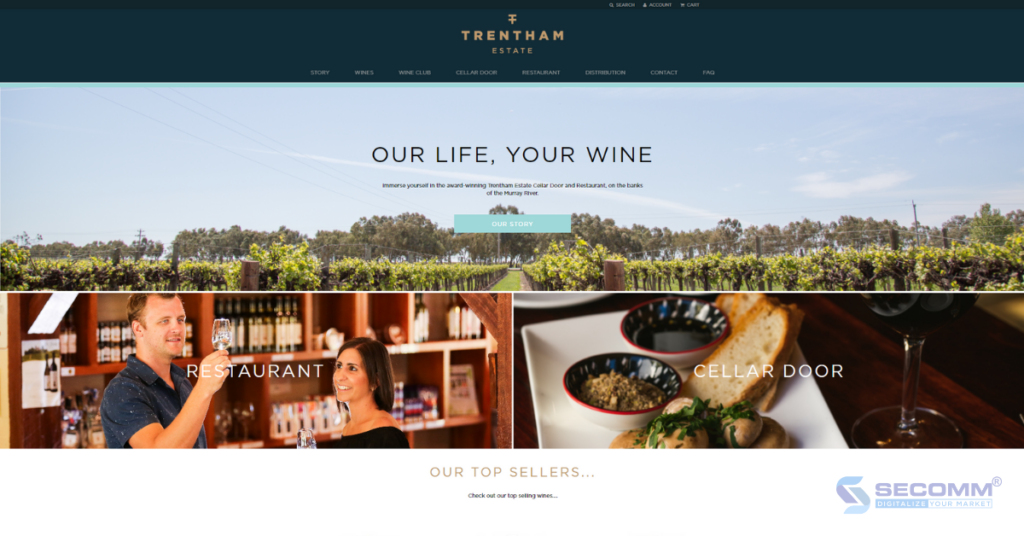
- Website: https://trenthamestate.com.au/
- Platform: Magento
- Traffic: 15.4 K/month
- Ranking: #295,266 (Australia) & #7,979,206 (Global)
Build your first wine eCommerce website today!
Above are 8 famous wine brands in Australia and how they have built and developed their eCommerce websites. This is clear evidence of the importance of having a professional and convenient online platform in the 21st century.
With extensive experience collaborating with various Australian clients, SECOMM has established itself as a trustworthy partner in constructing and evolving eCommerce initiatives. Notably, the SECOMM team has successfully implemented eCommerce systems for numerous wine businesses across different countries, including Trentham Estate, Thewarehouse, Ishopchangi, and more.
We comprehend the distinct requirements of businesses in the alcohol and beverage sector and are dedicated to delivering optimal solutions that enhance the online shopping experience and boost overall business efficiency.
If your business is in search of a professional partner to develop or enhance its eCommerce website, reach out to SECOMM or call (+84)28 7108 9908 today.











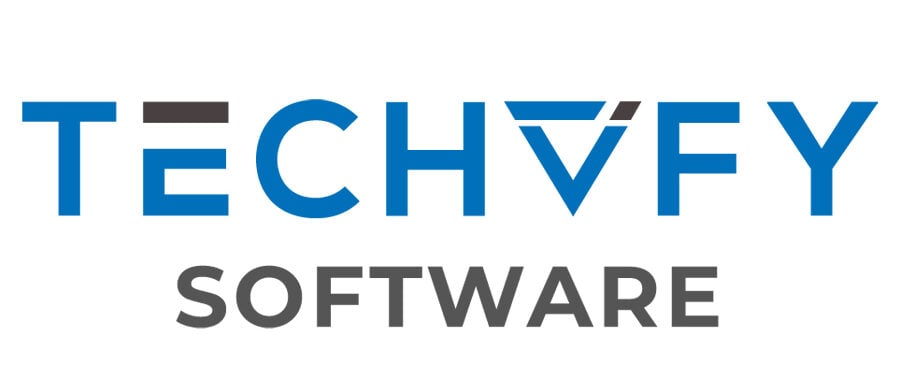



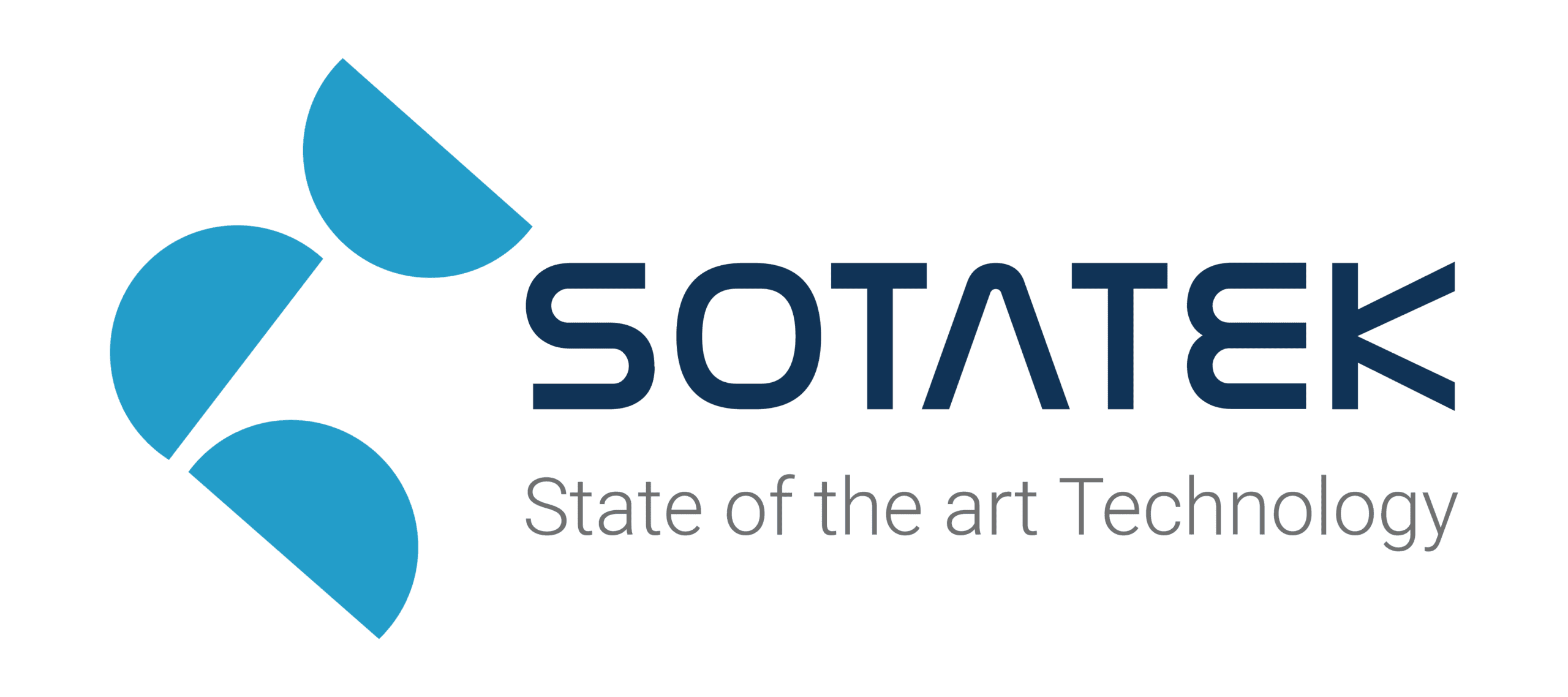

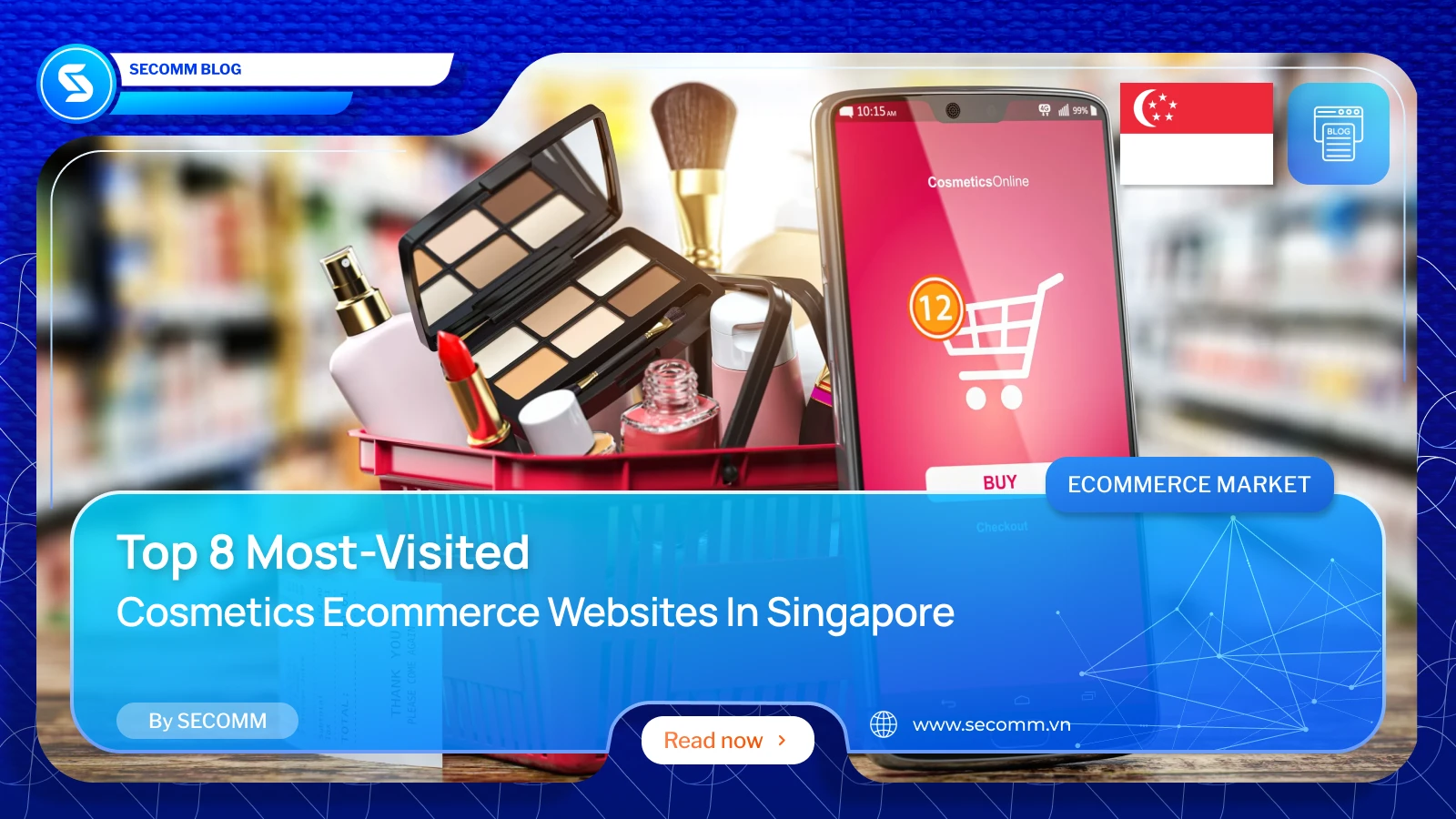
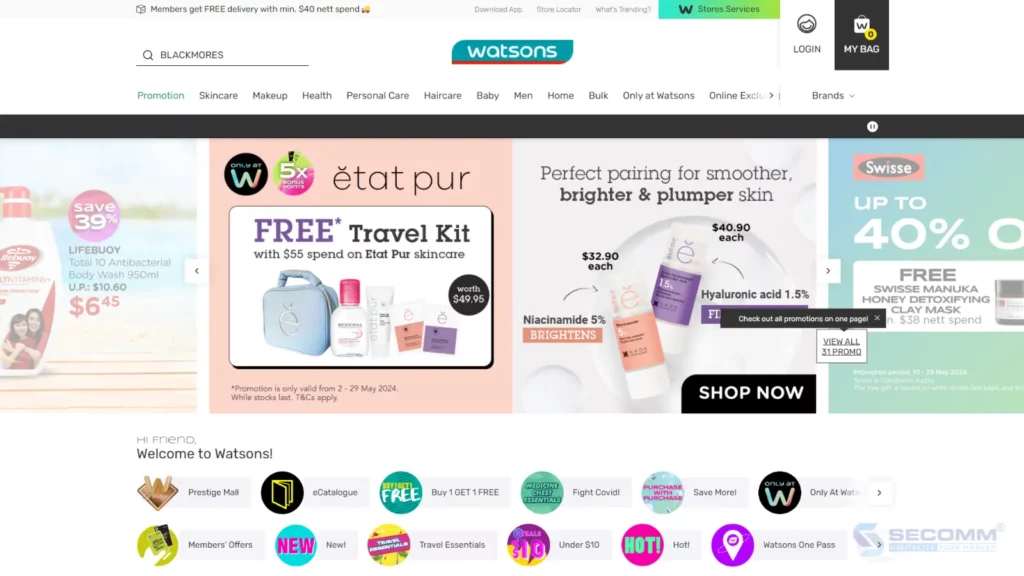
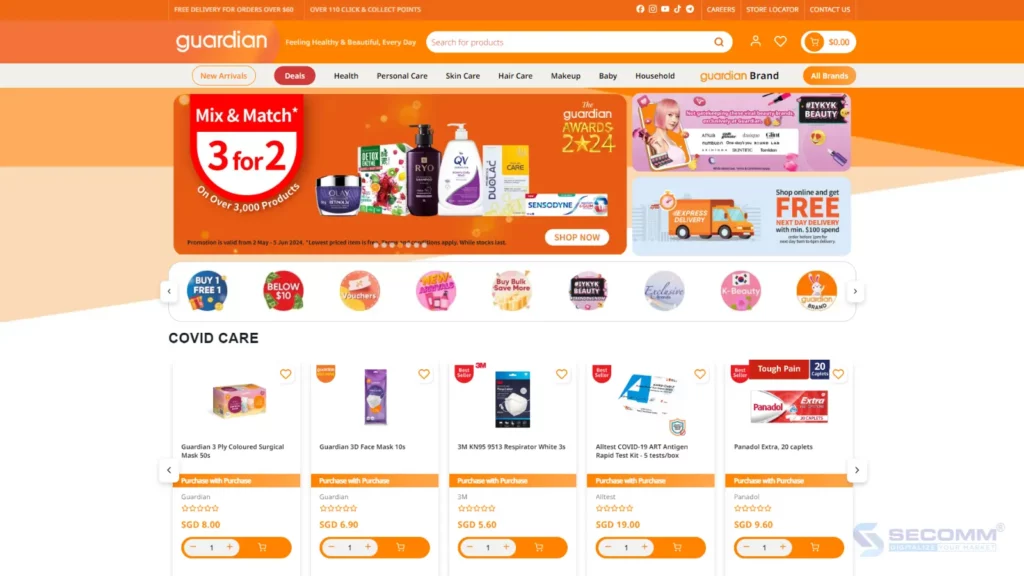
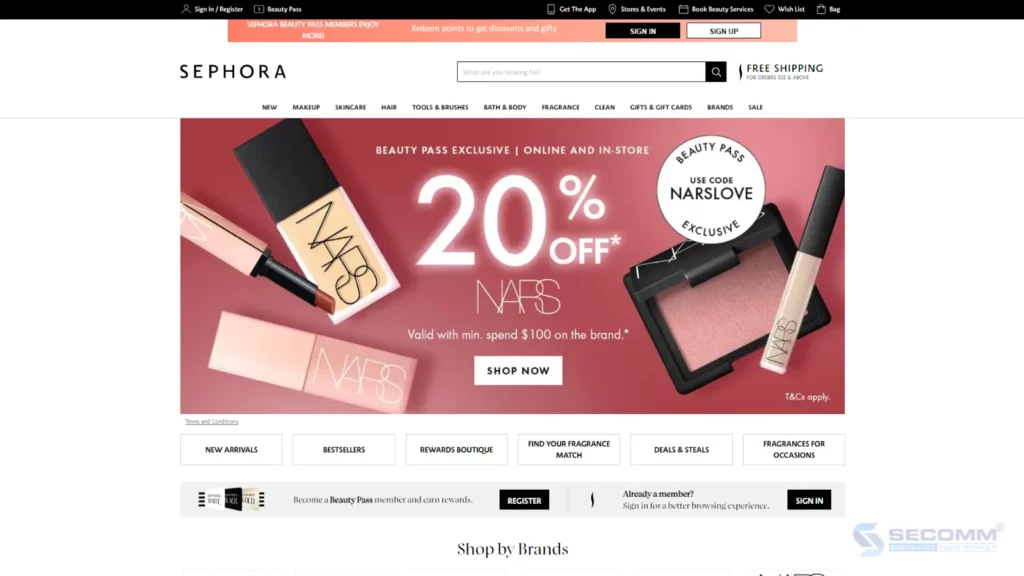
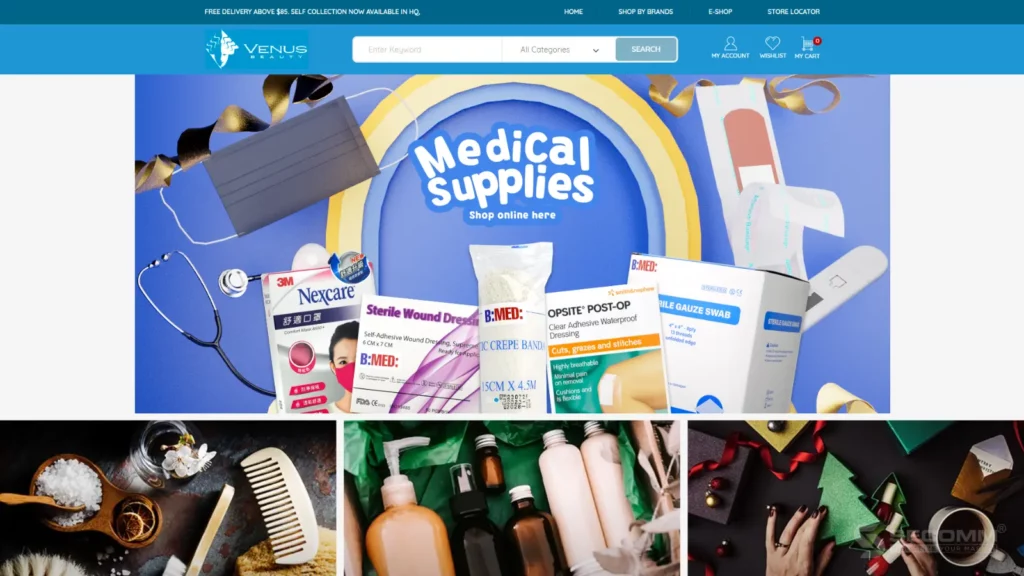
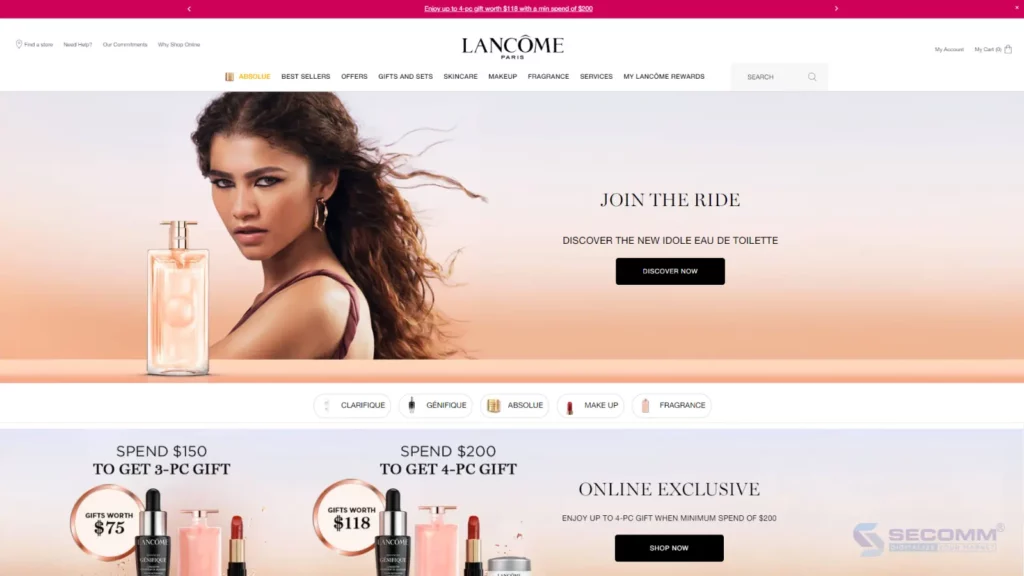


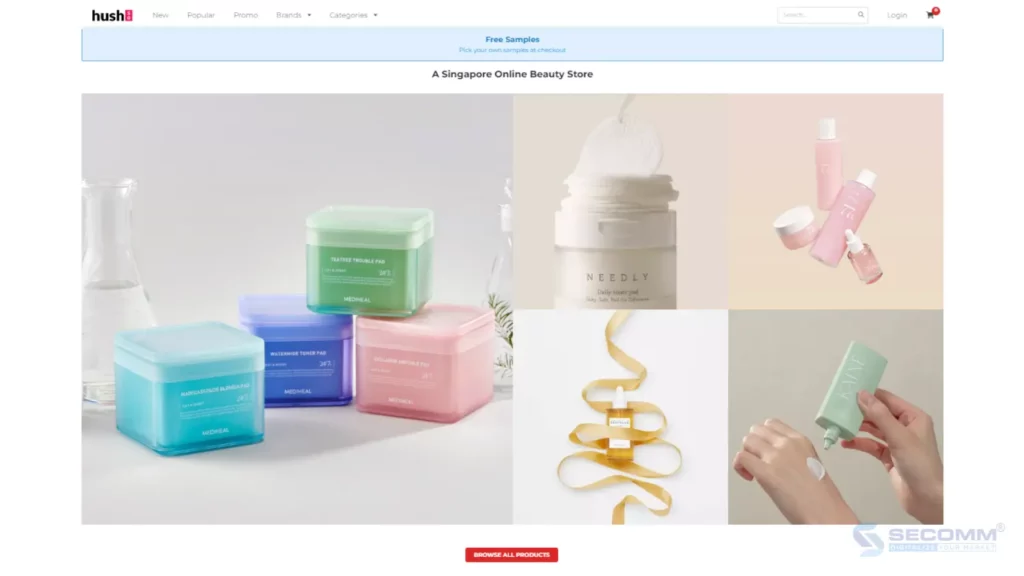
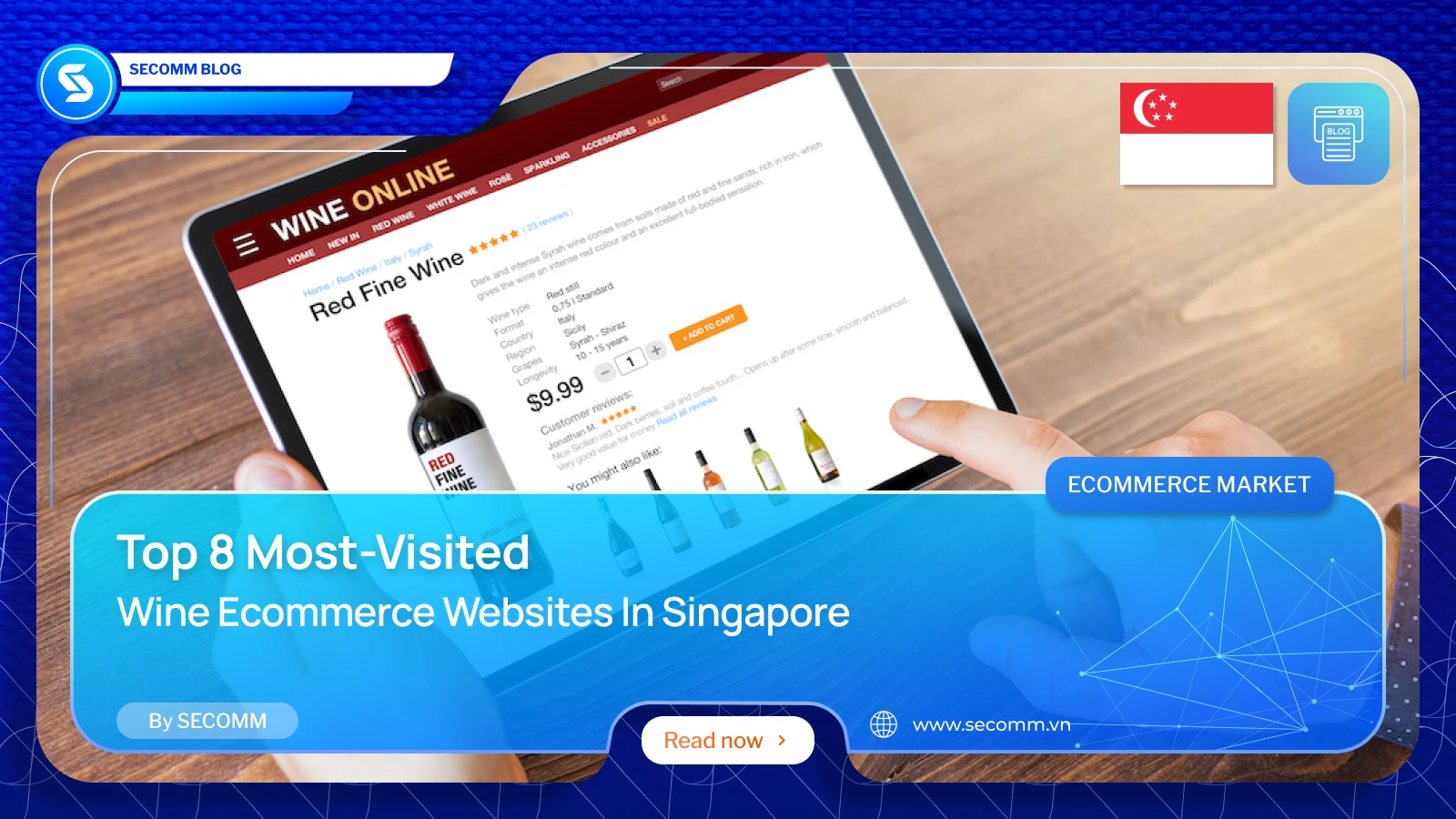
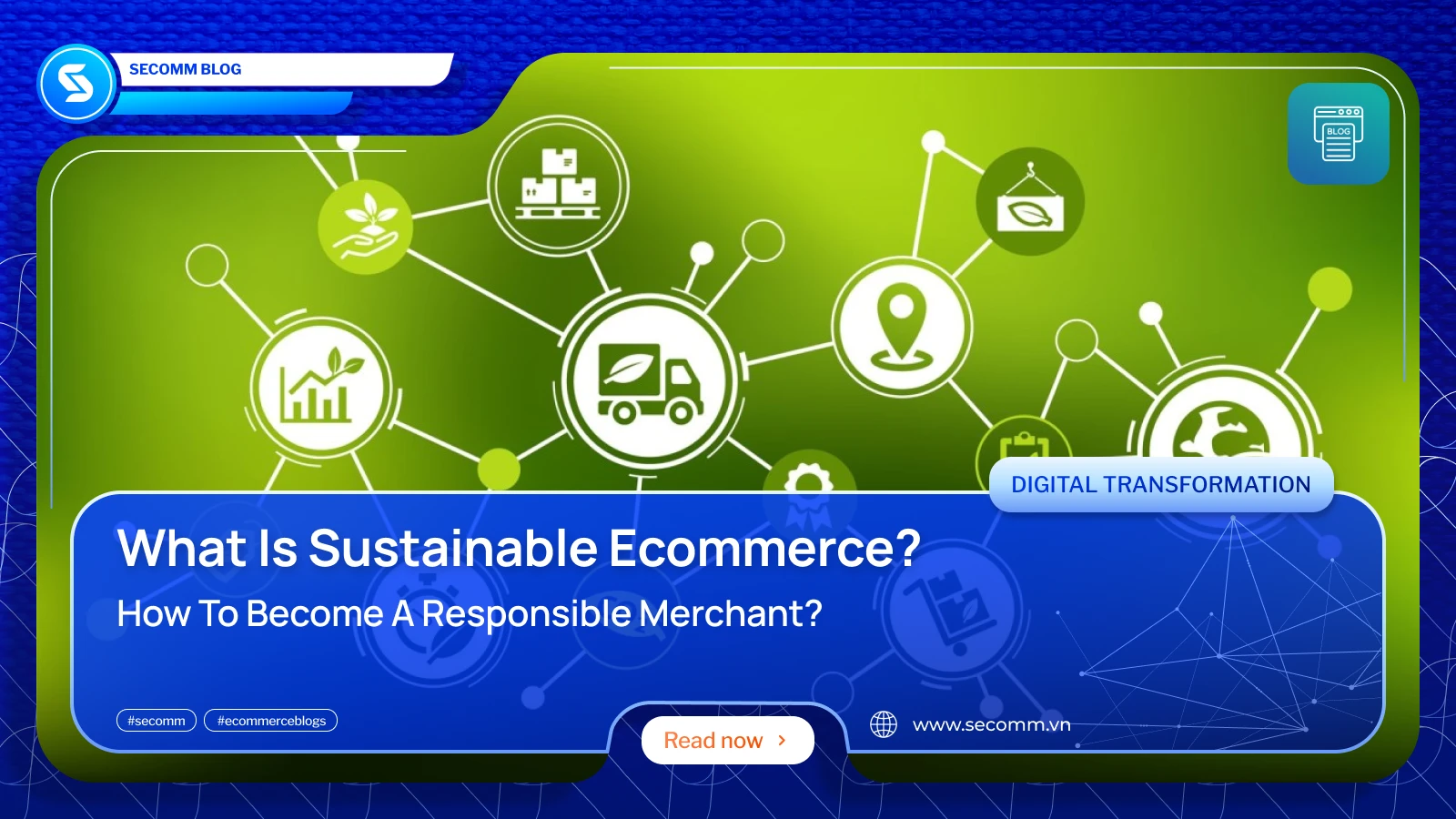
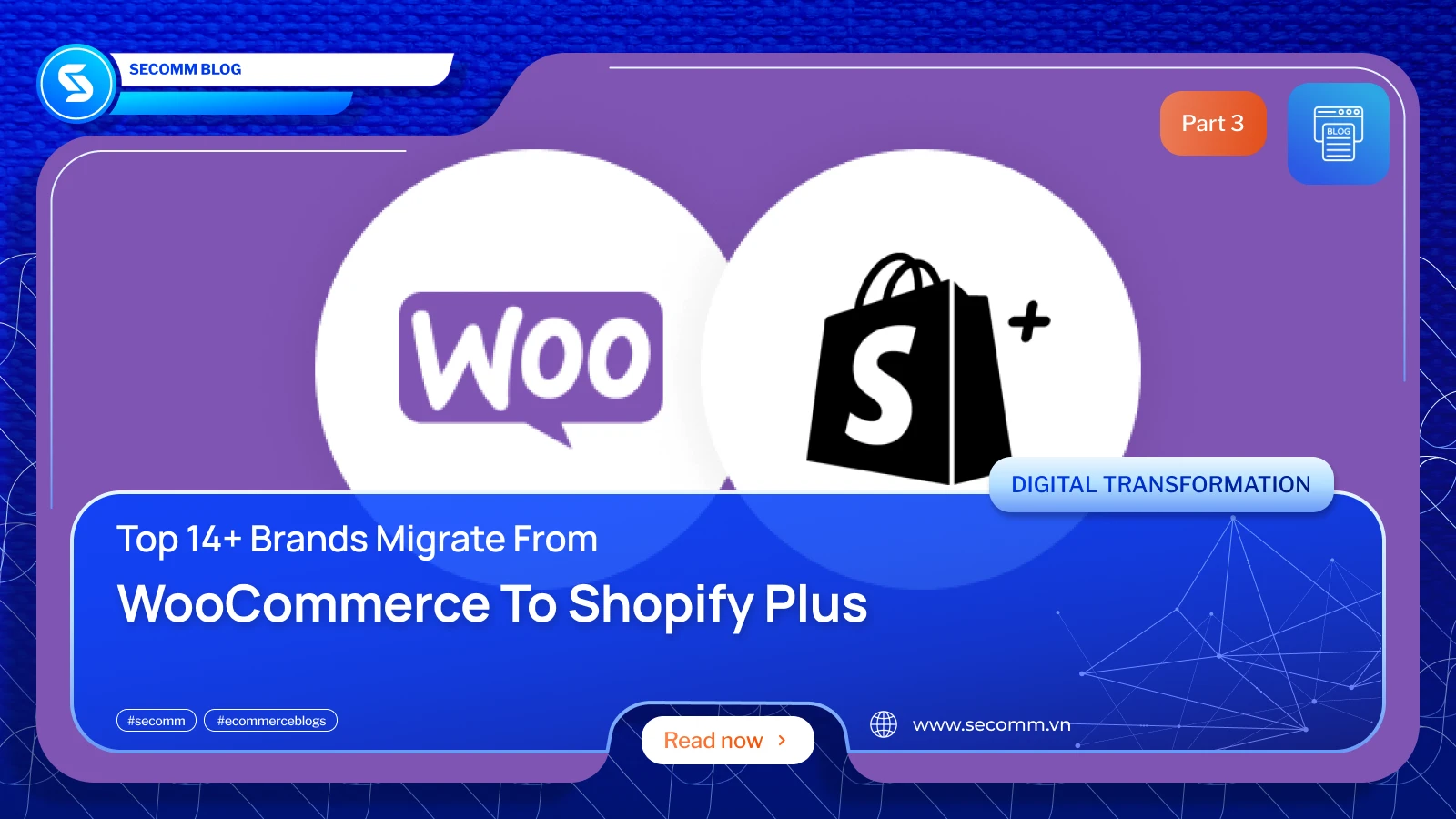
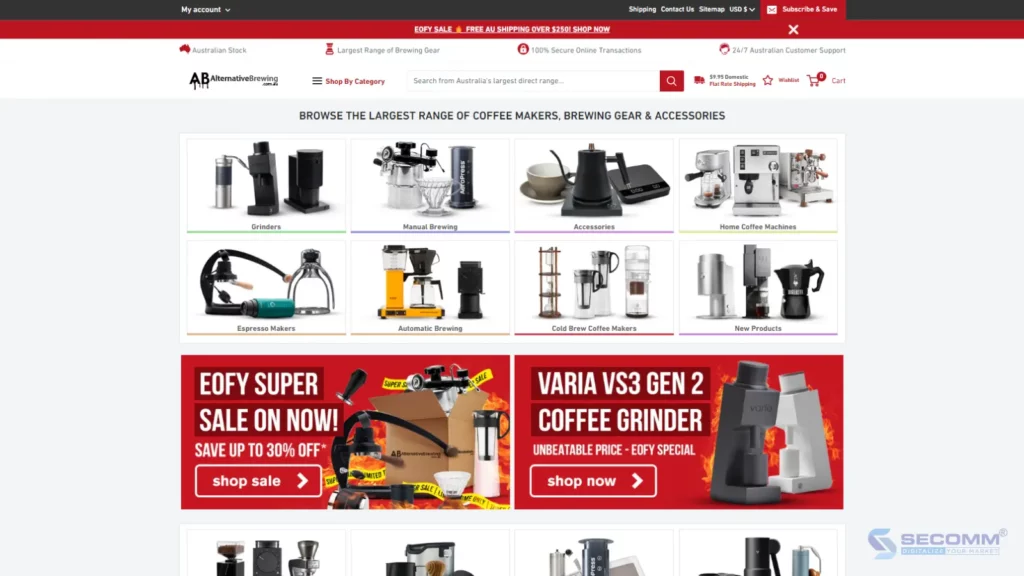

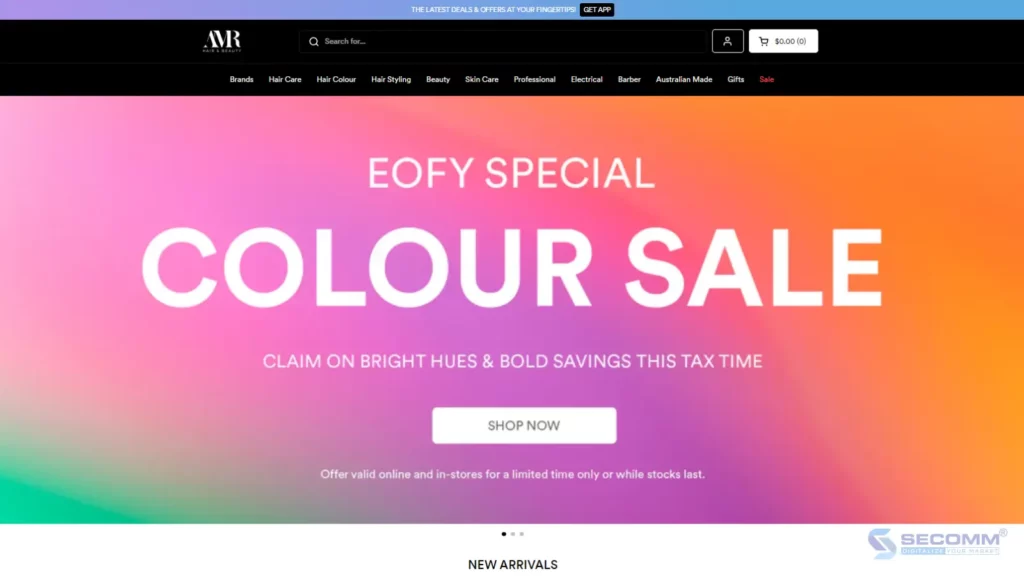

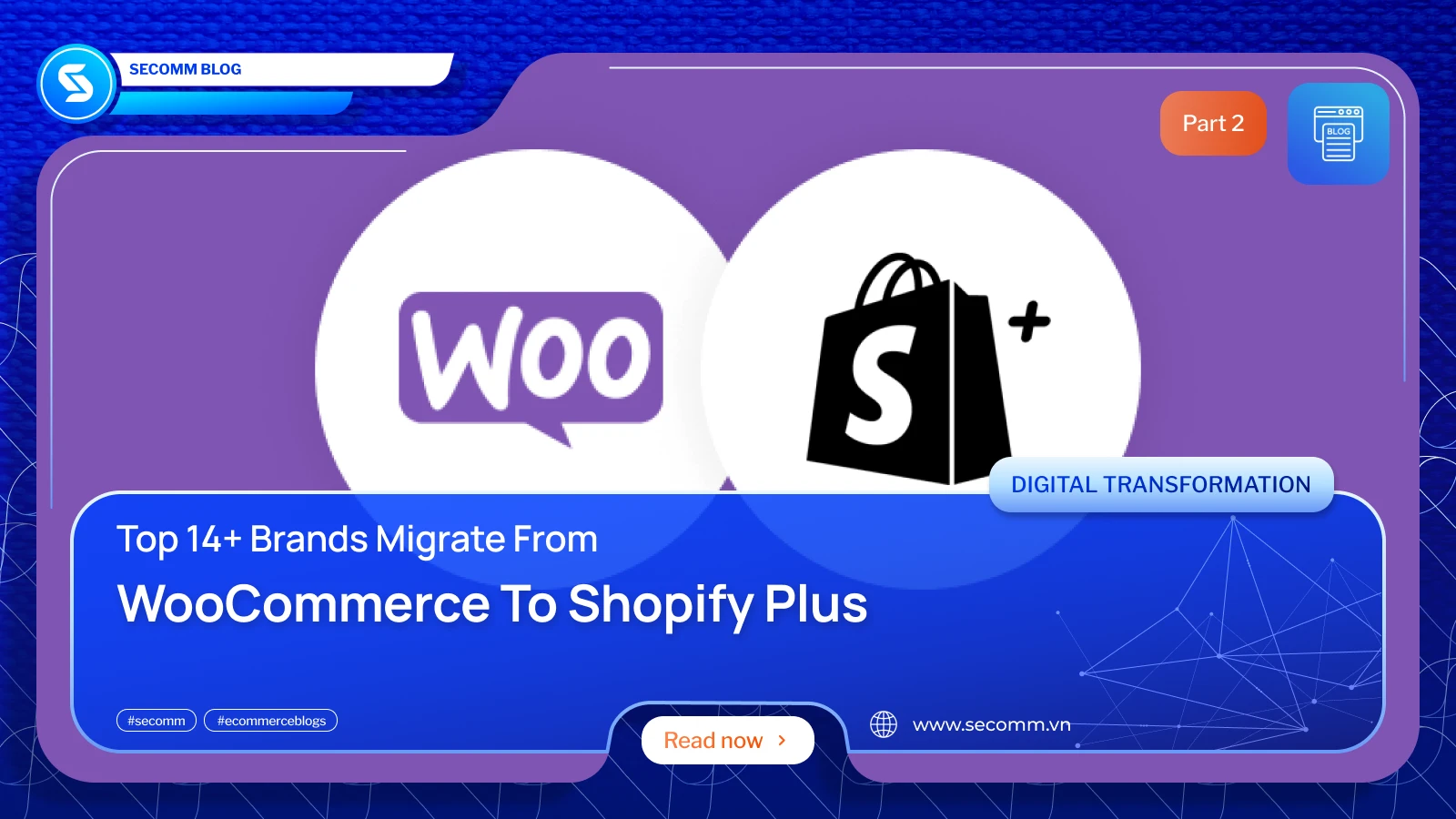
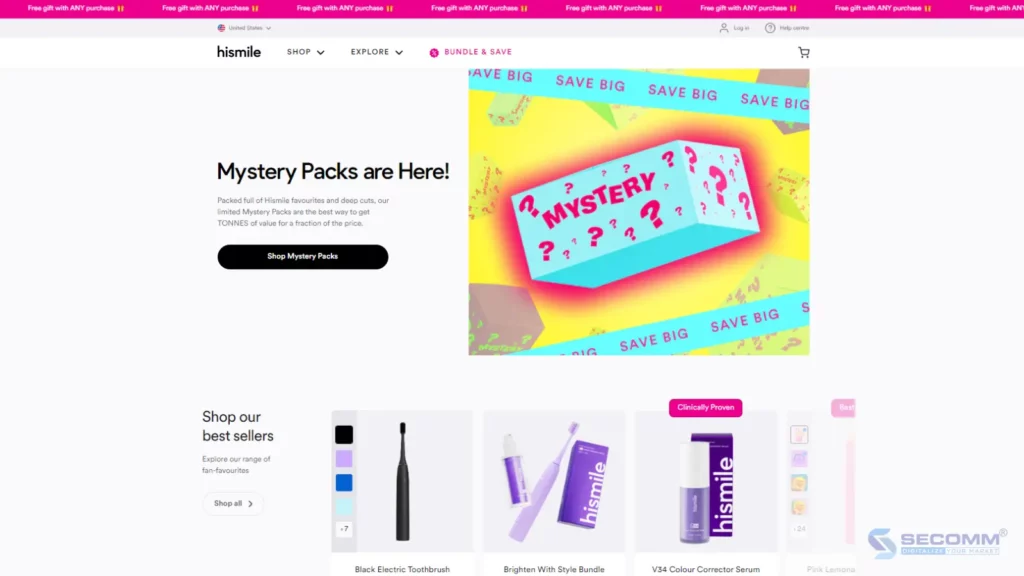
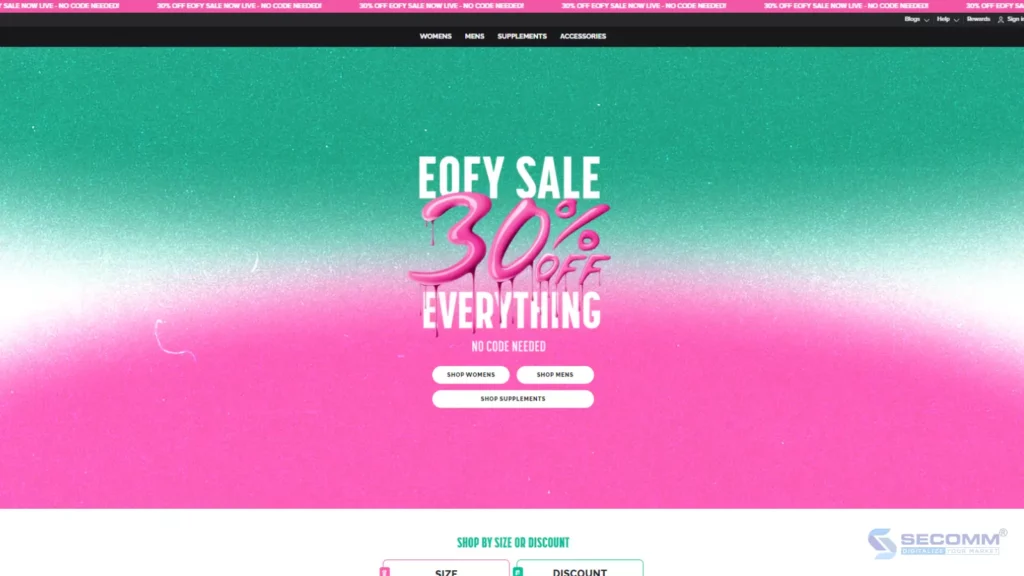

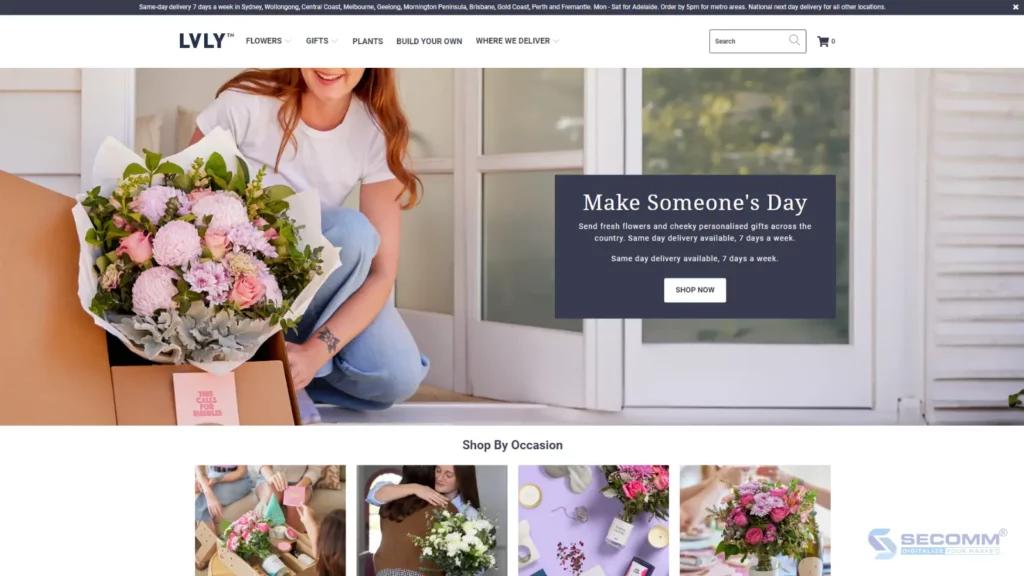

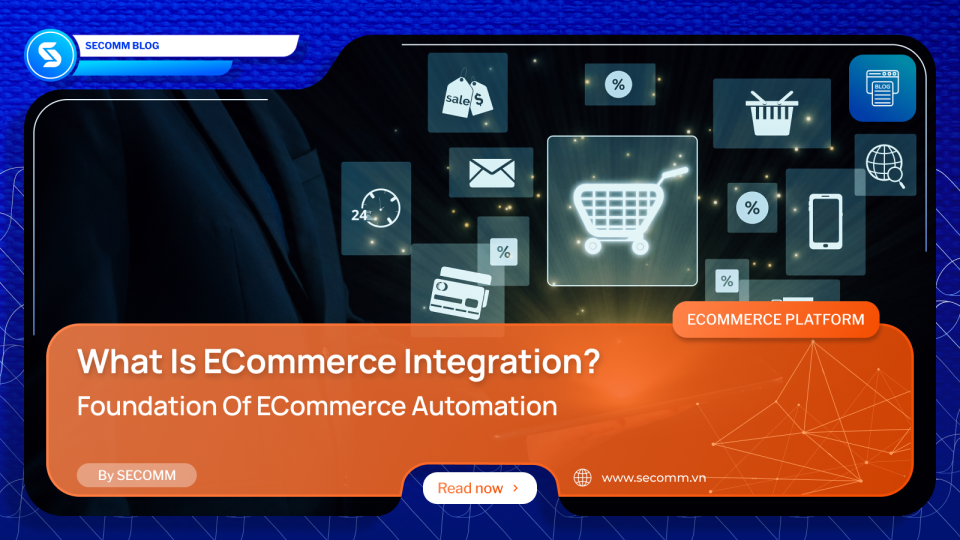
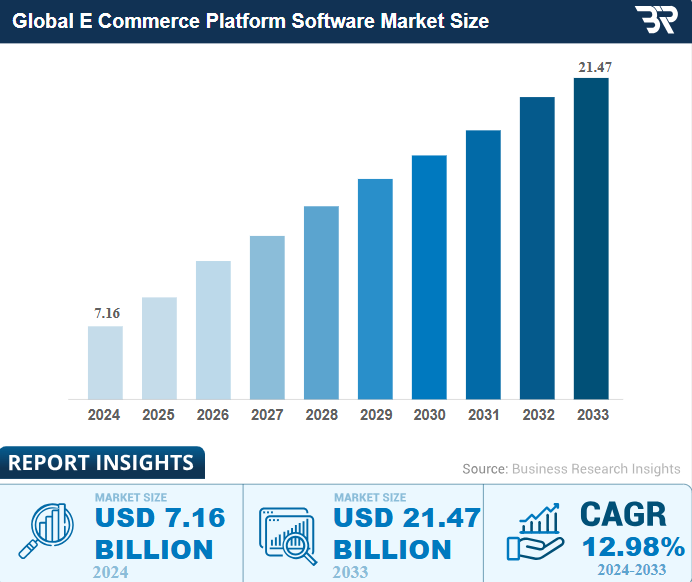

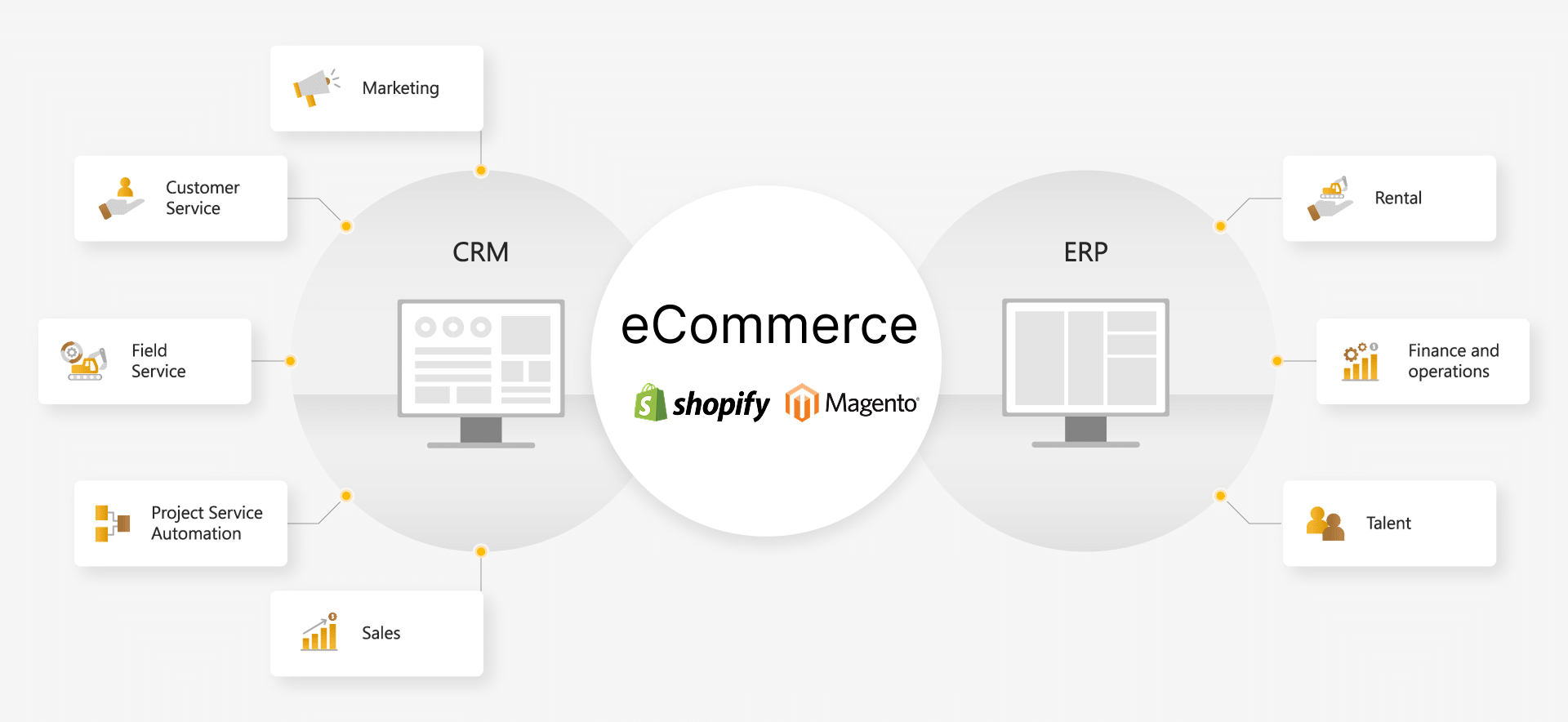
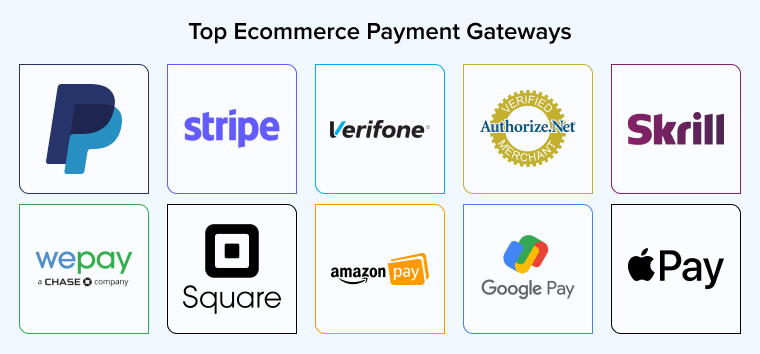
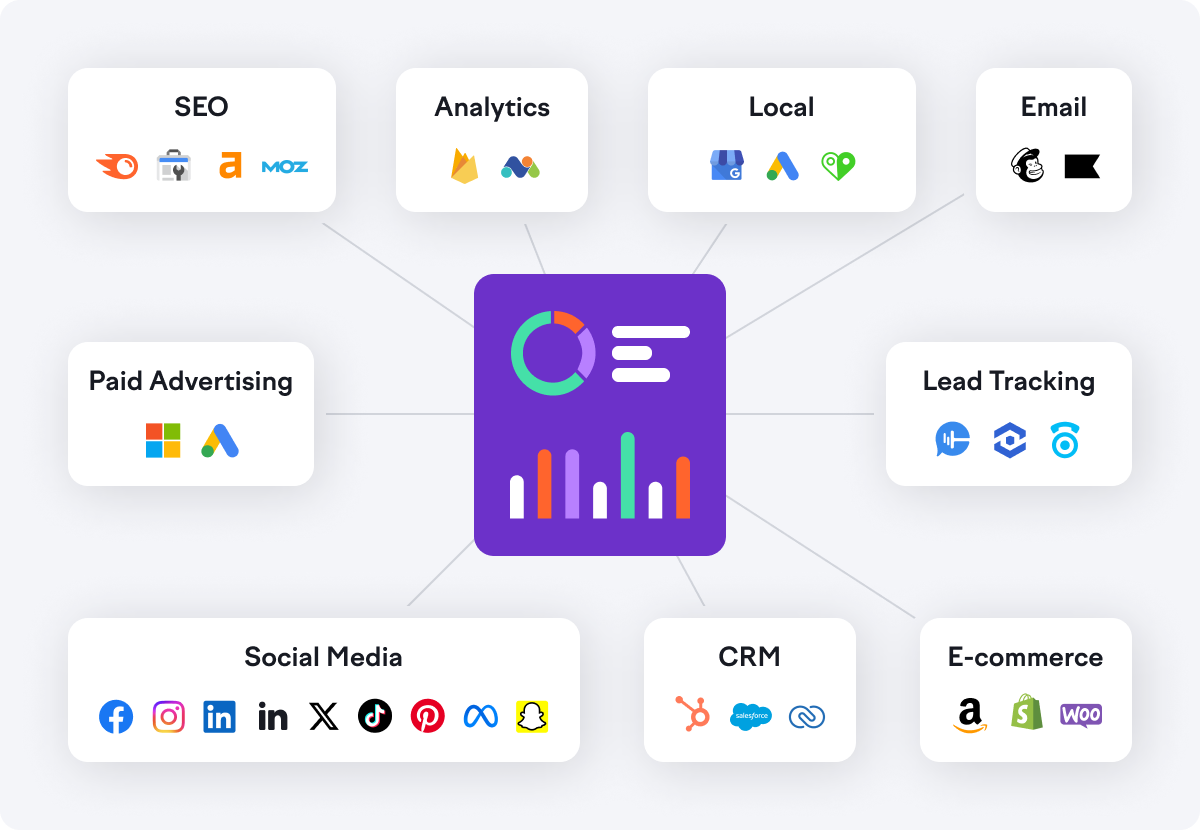

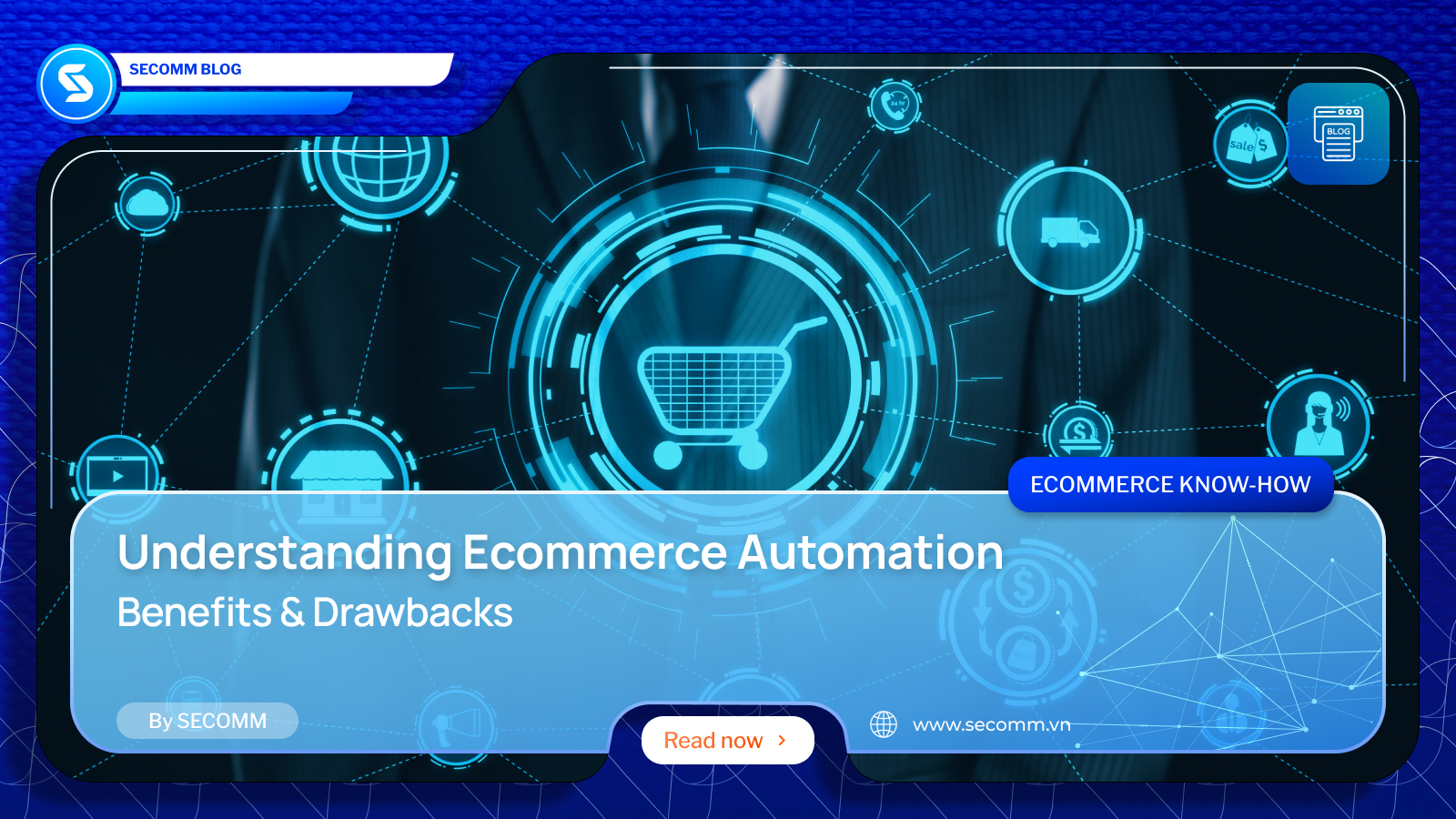
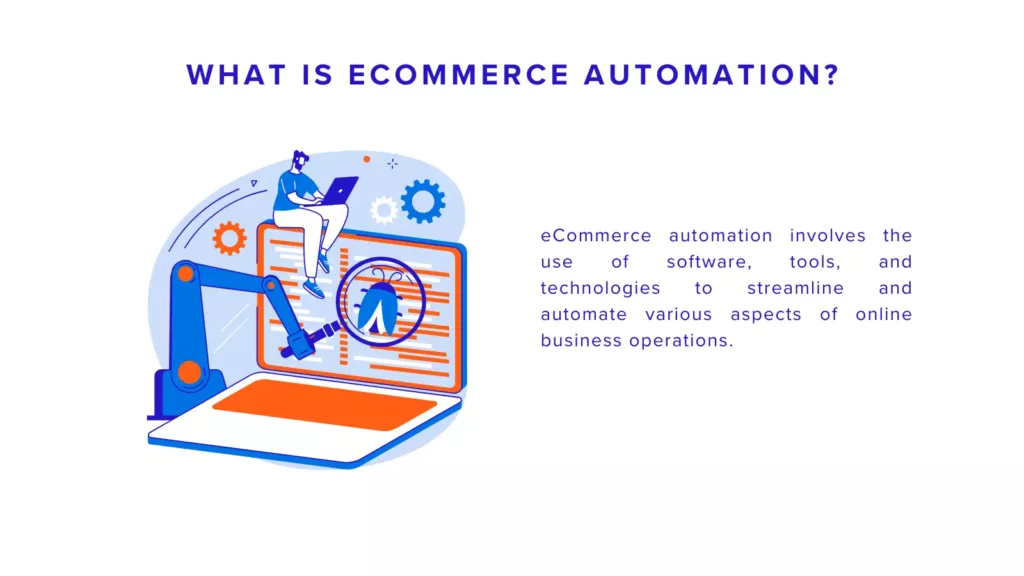
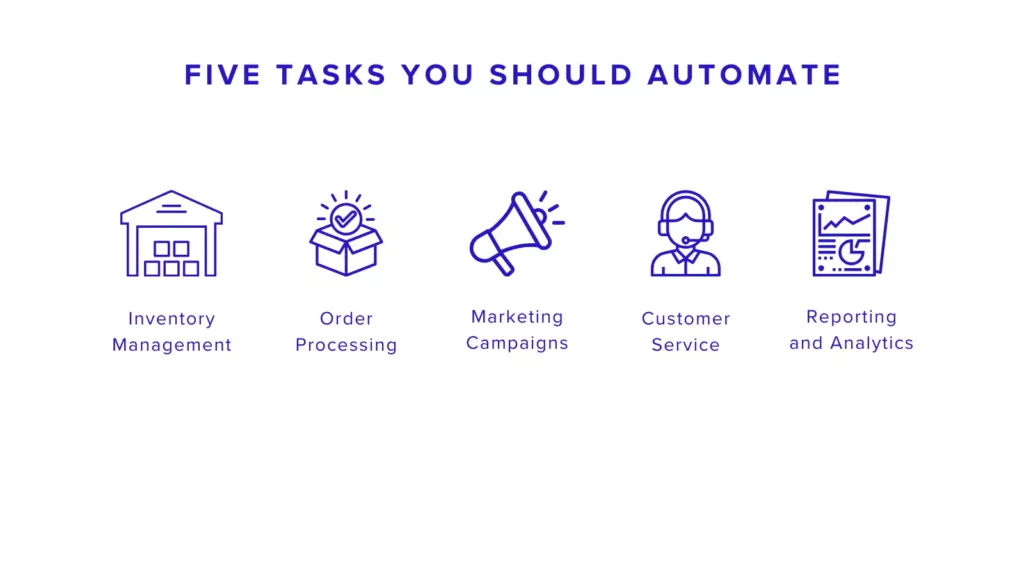
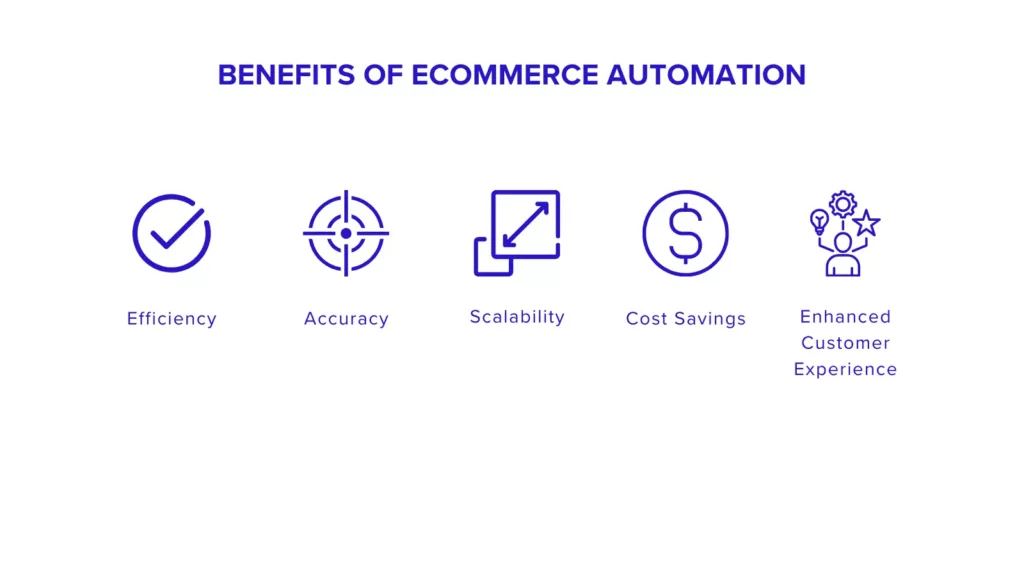
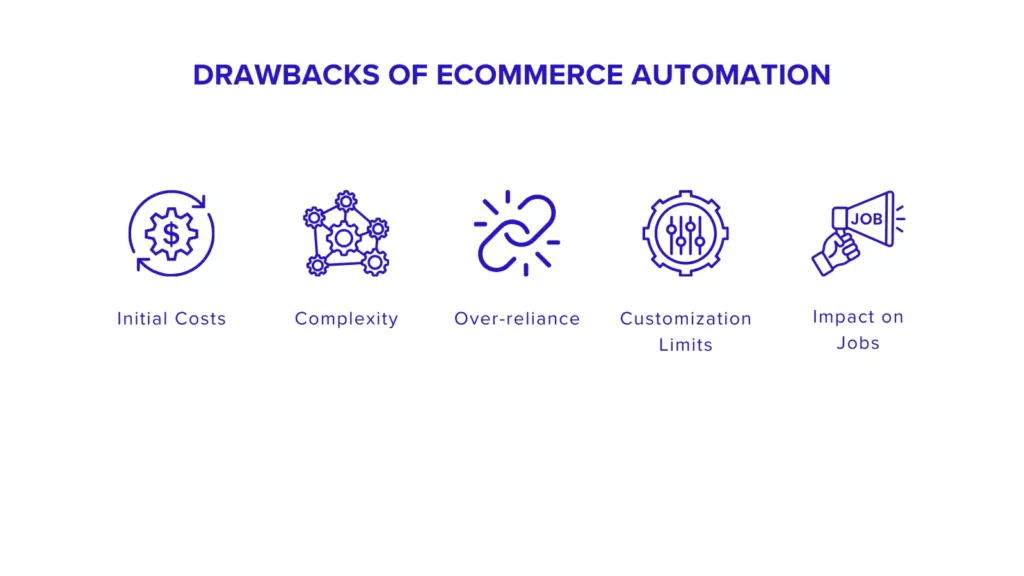
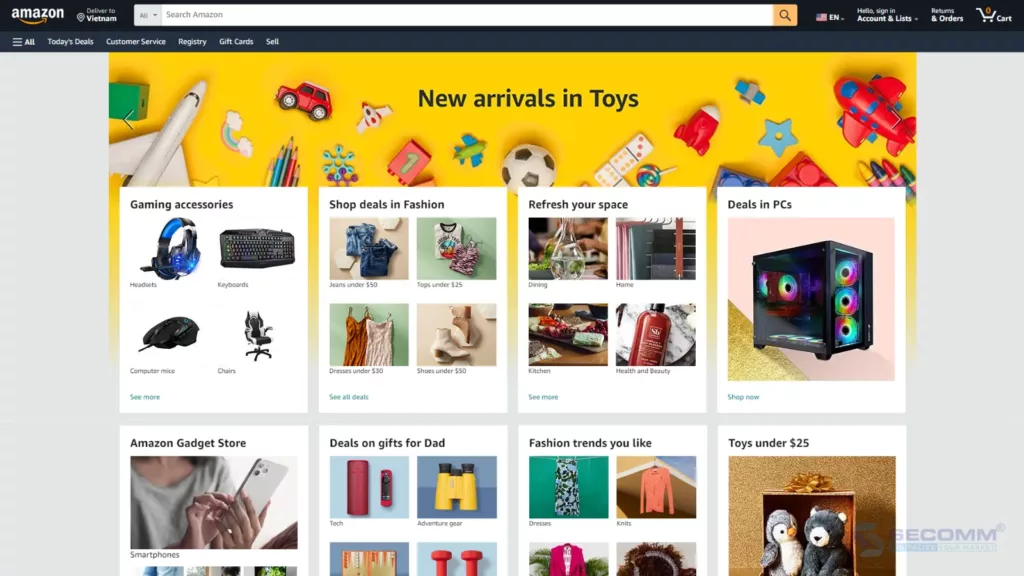
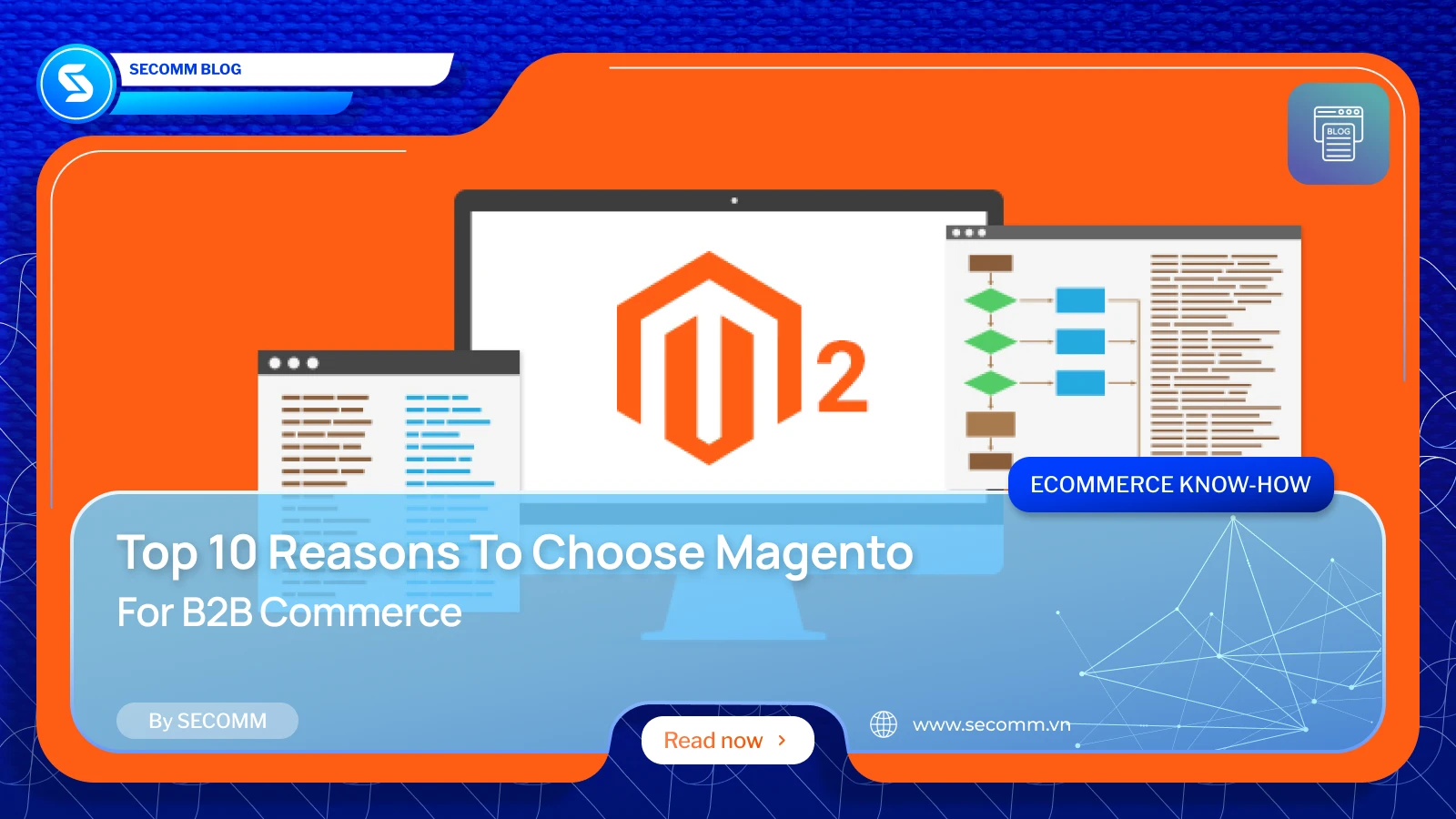
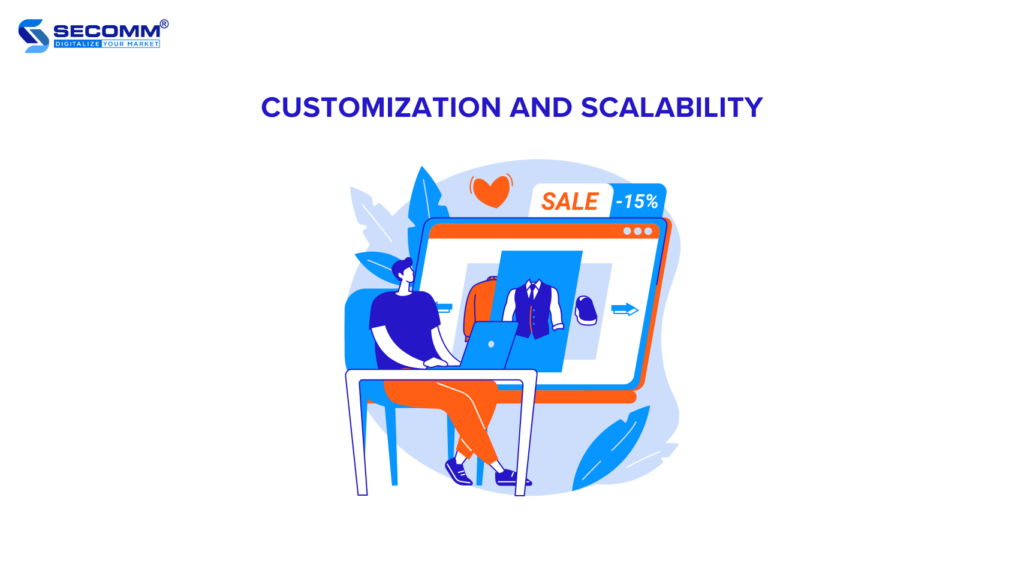
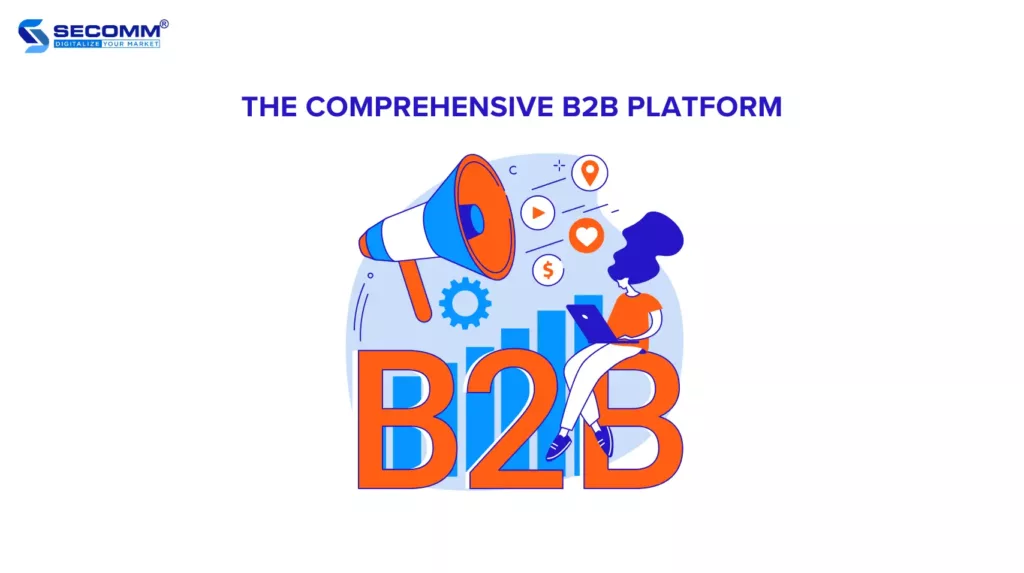
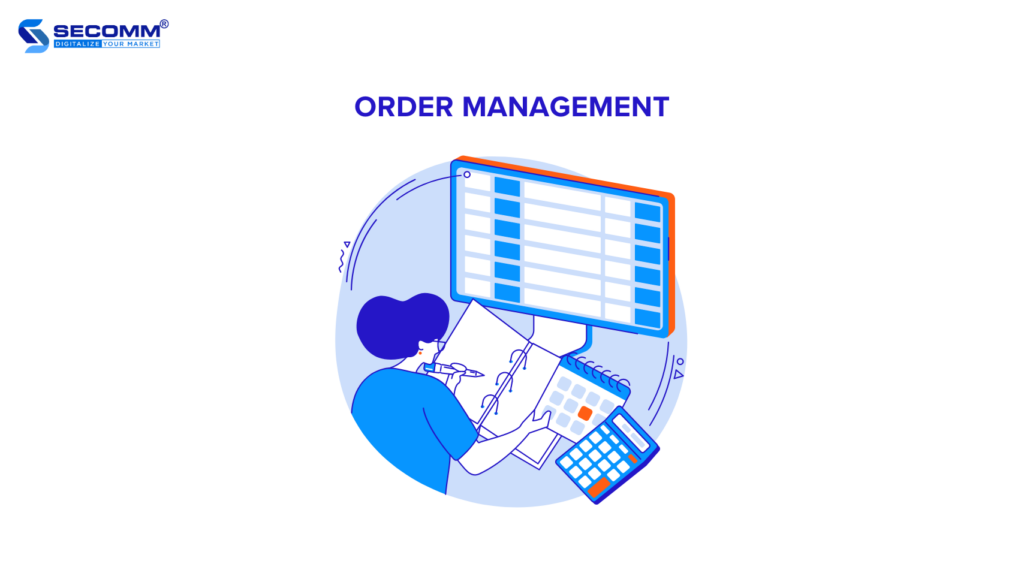
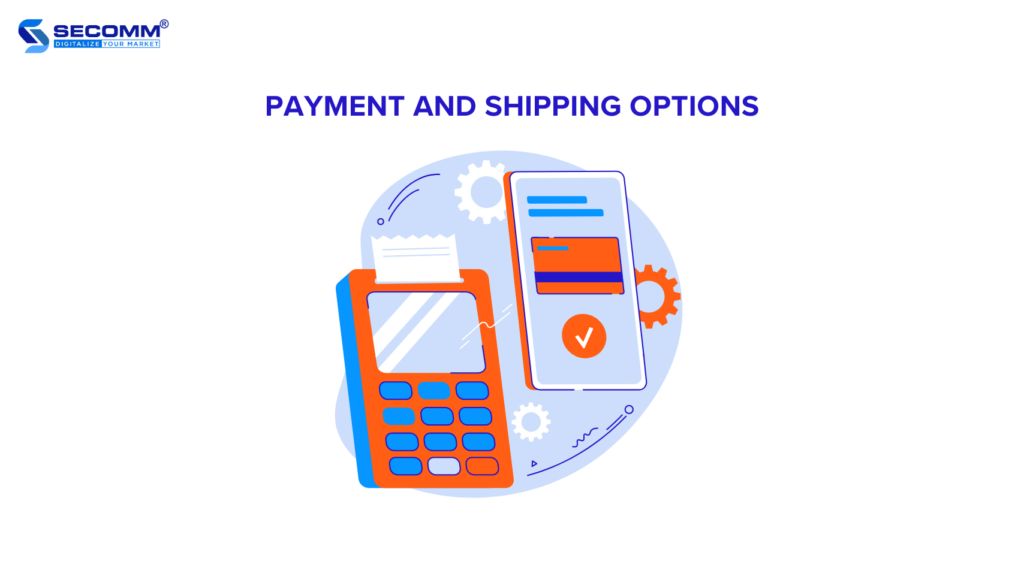
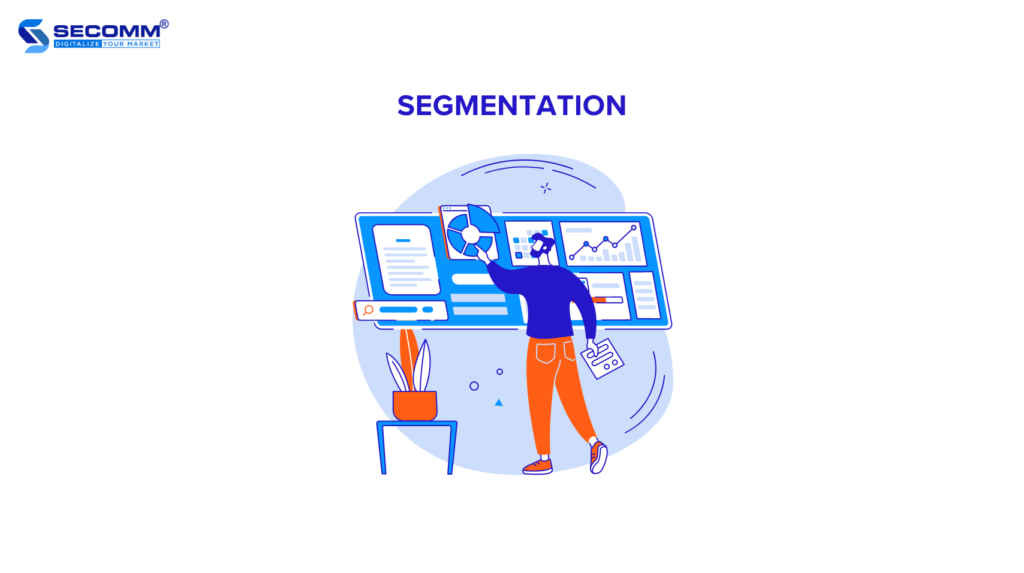
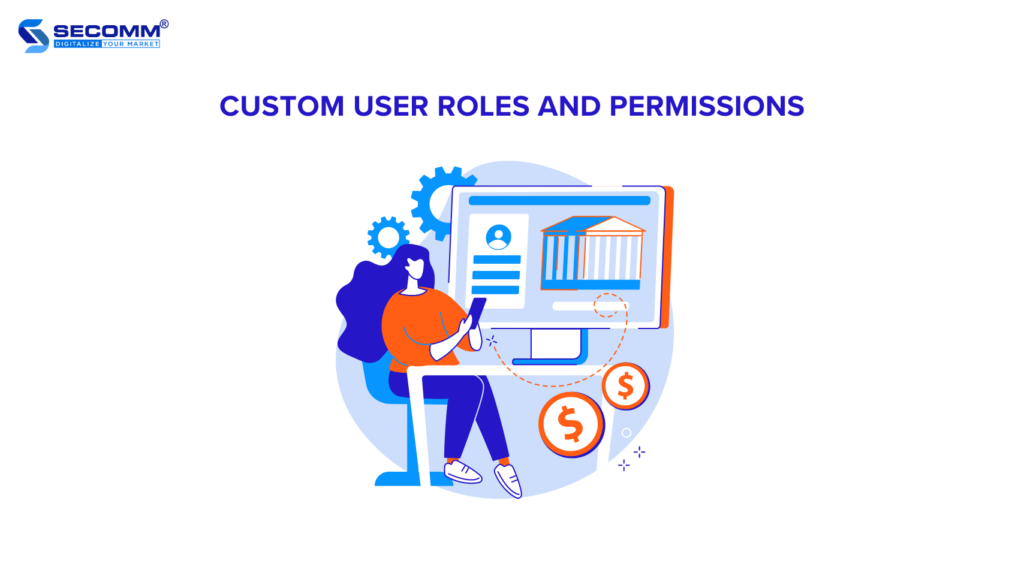
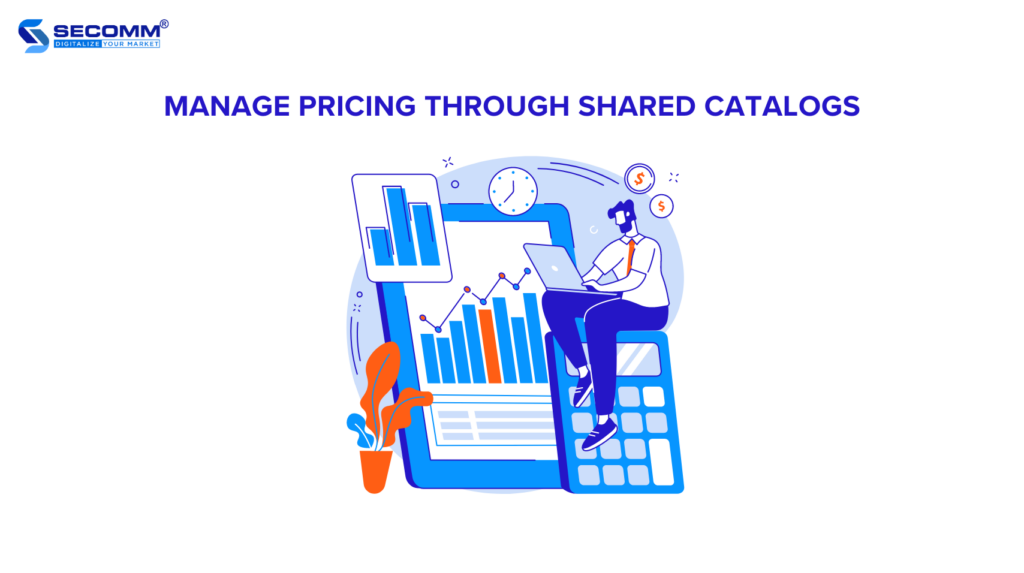
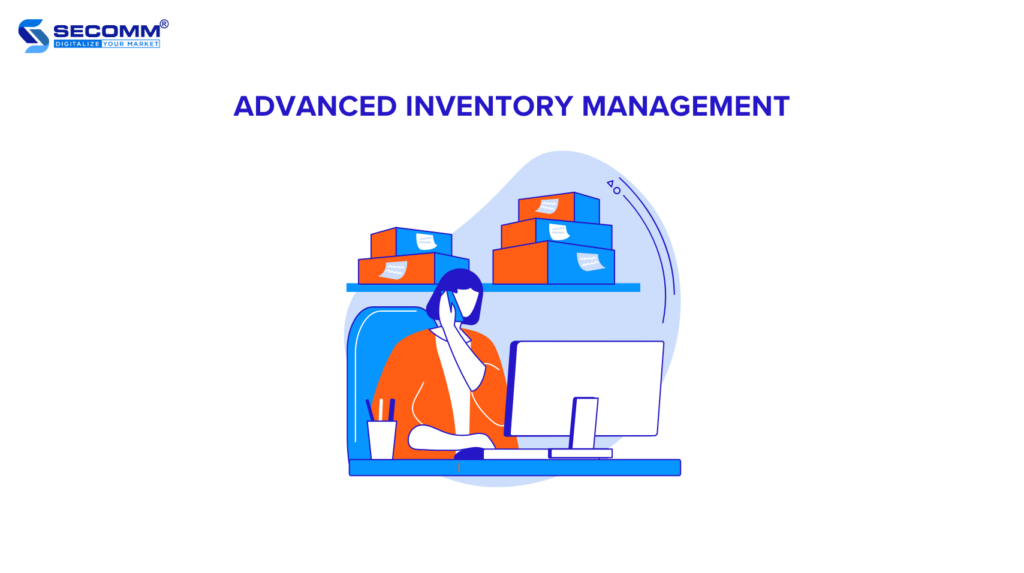
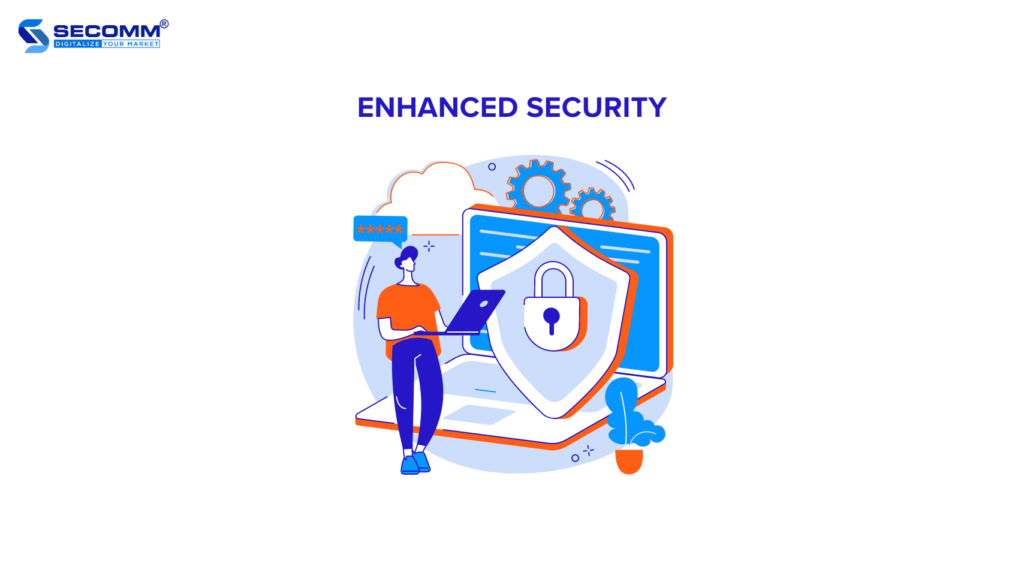
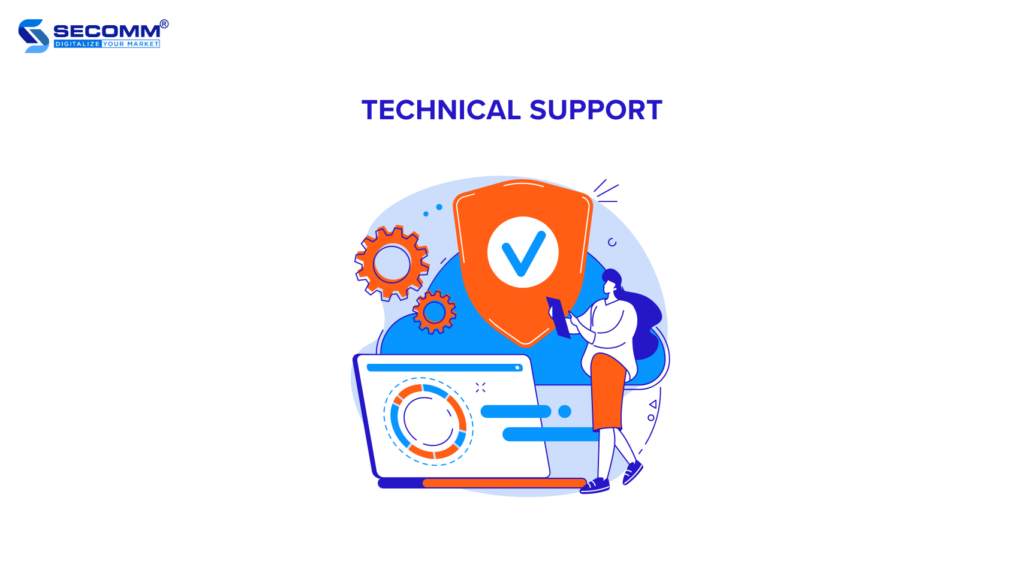
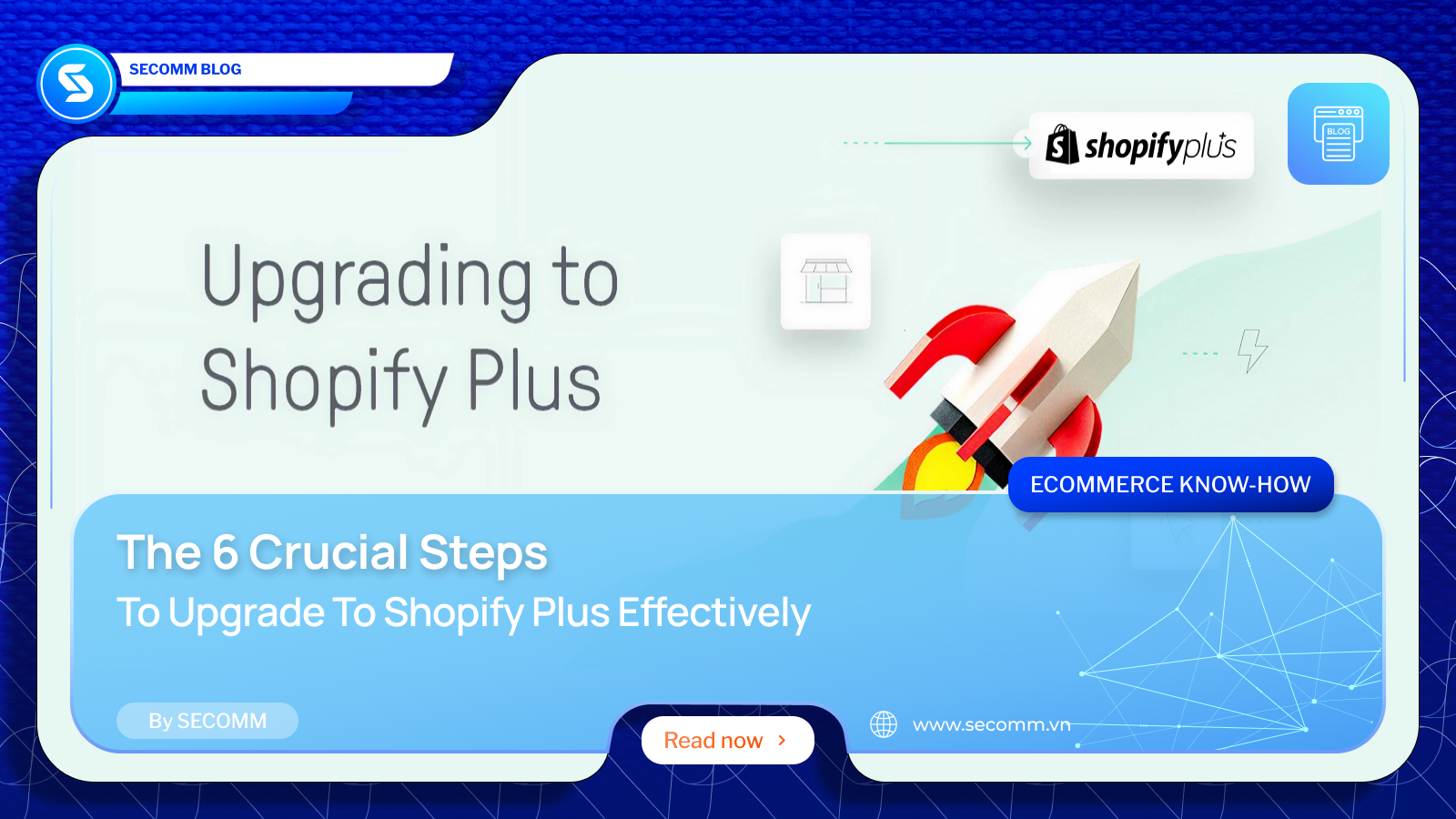
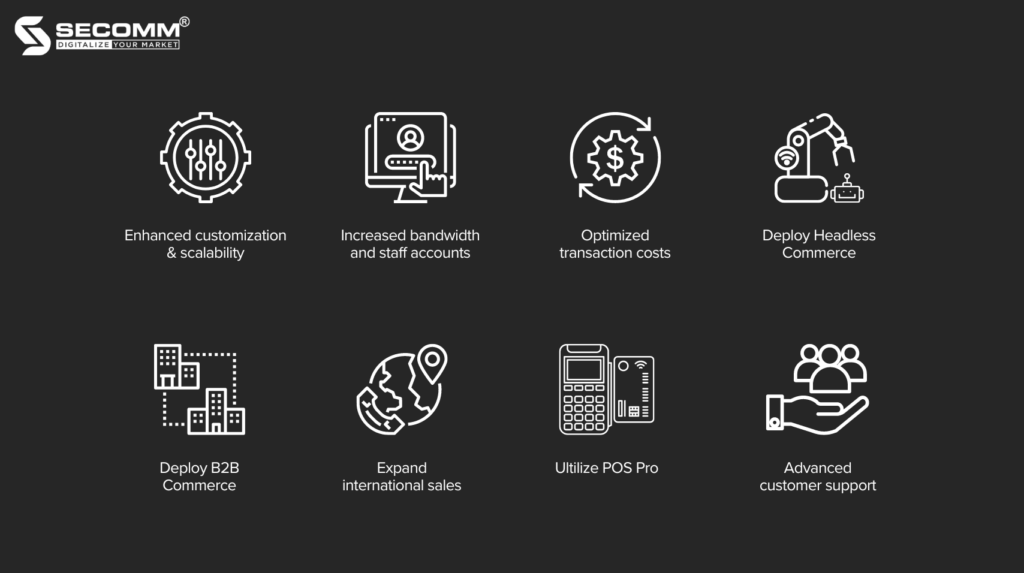
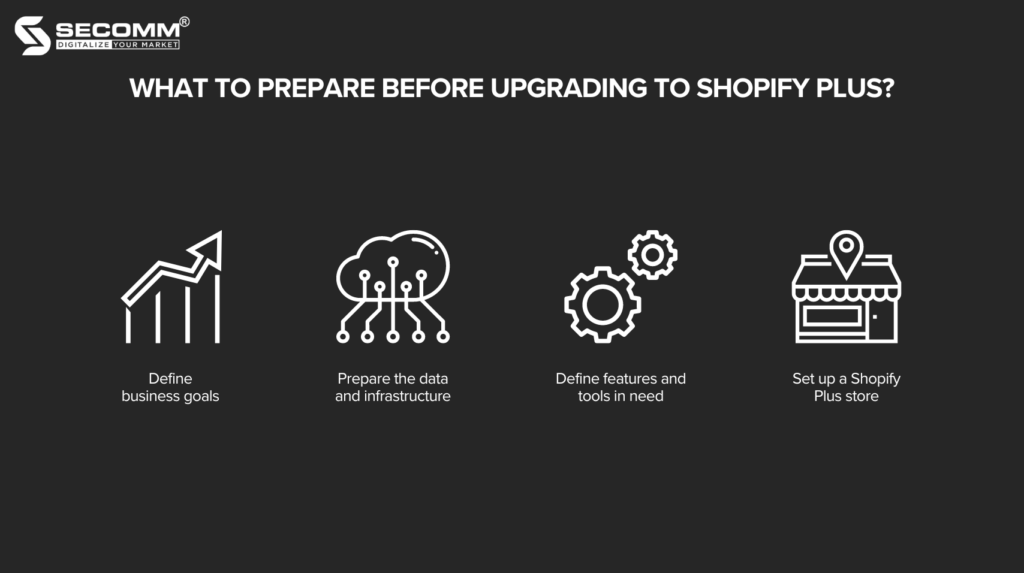
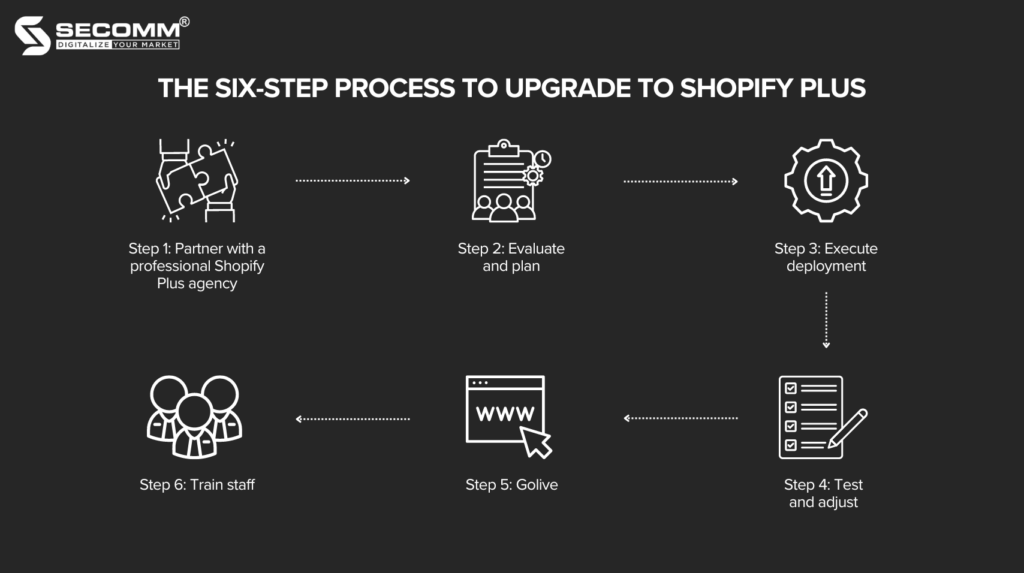
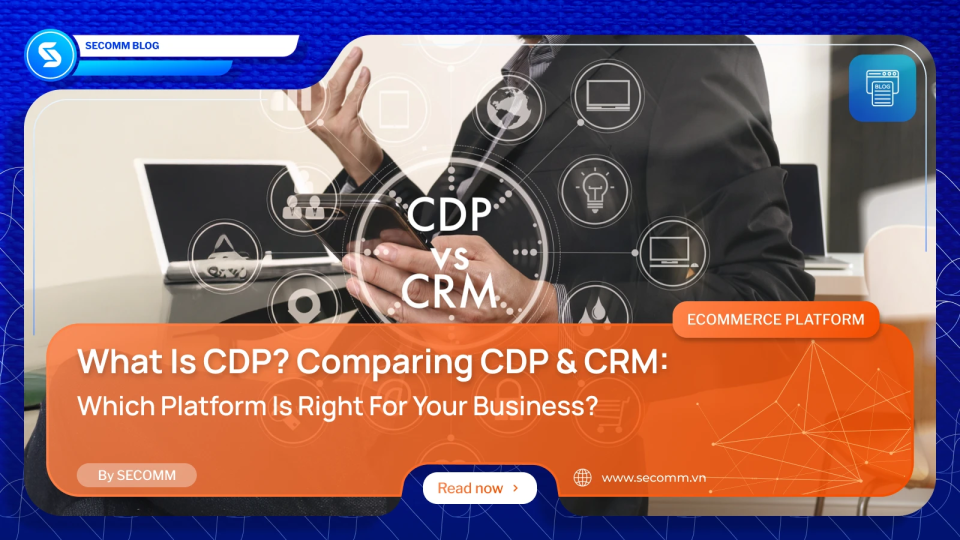
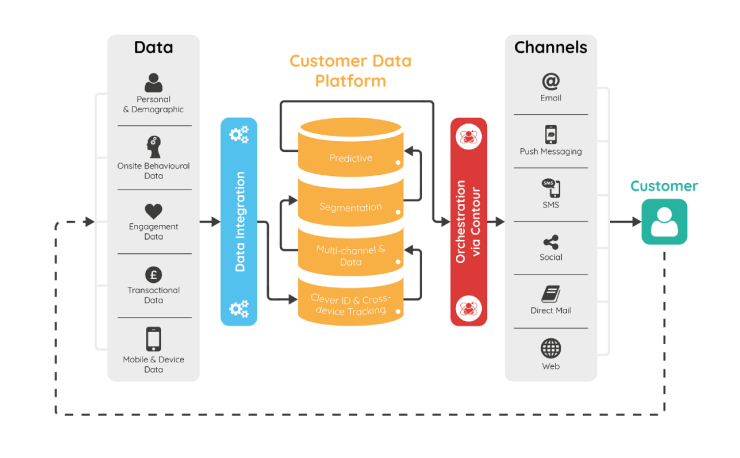
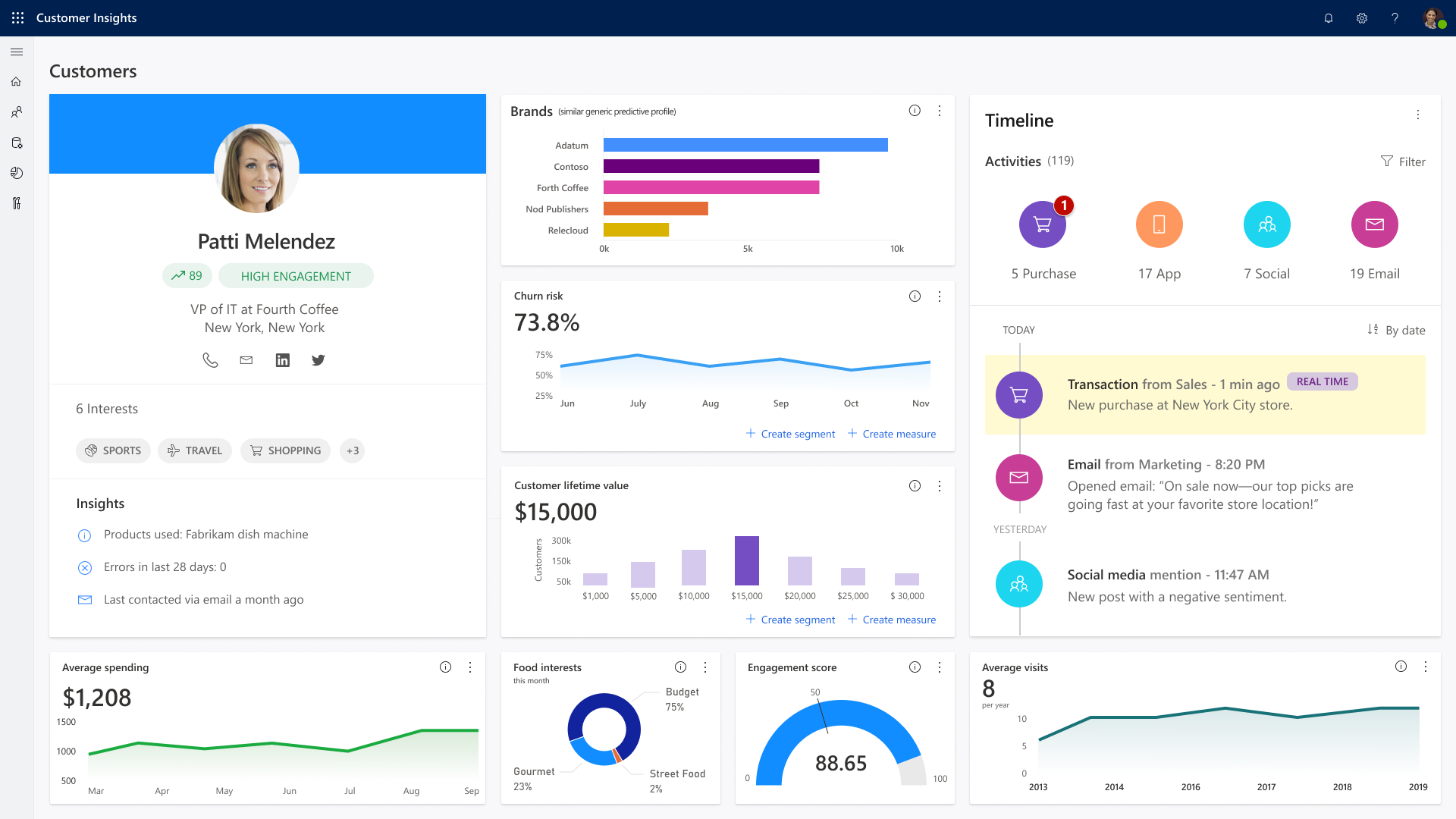
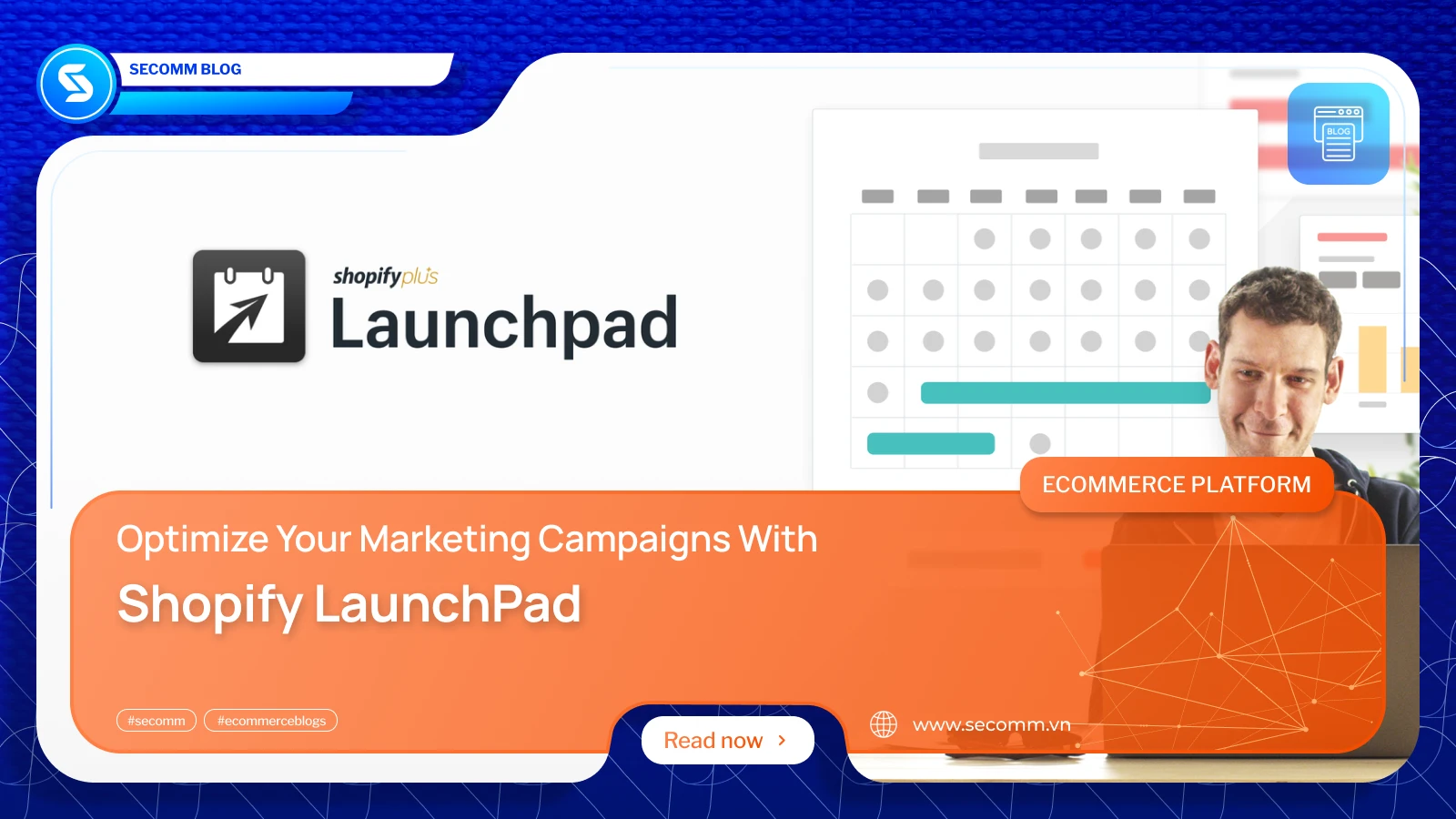



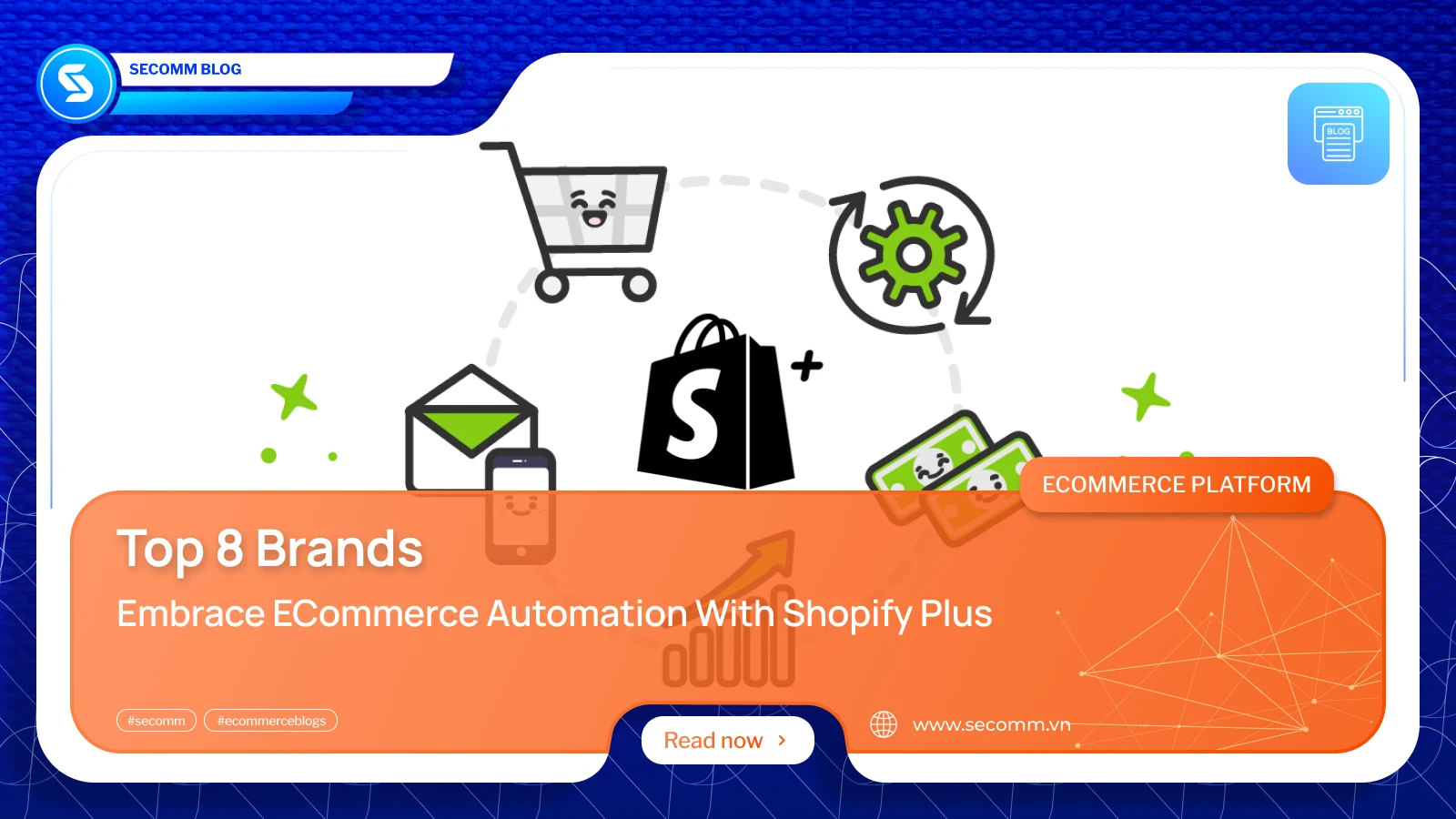


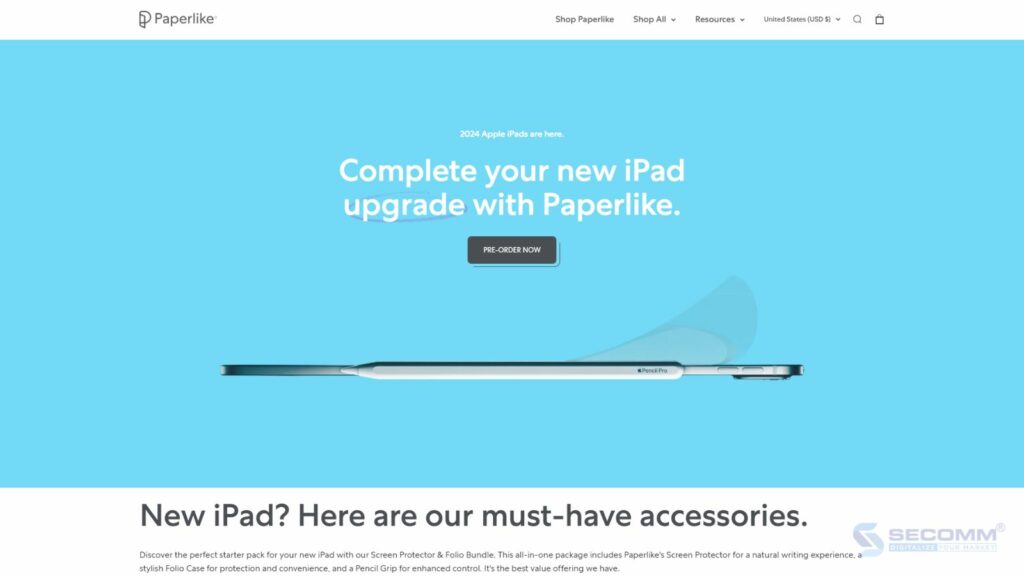

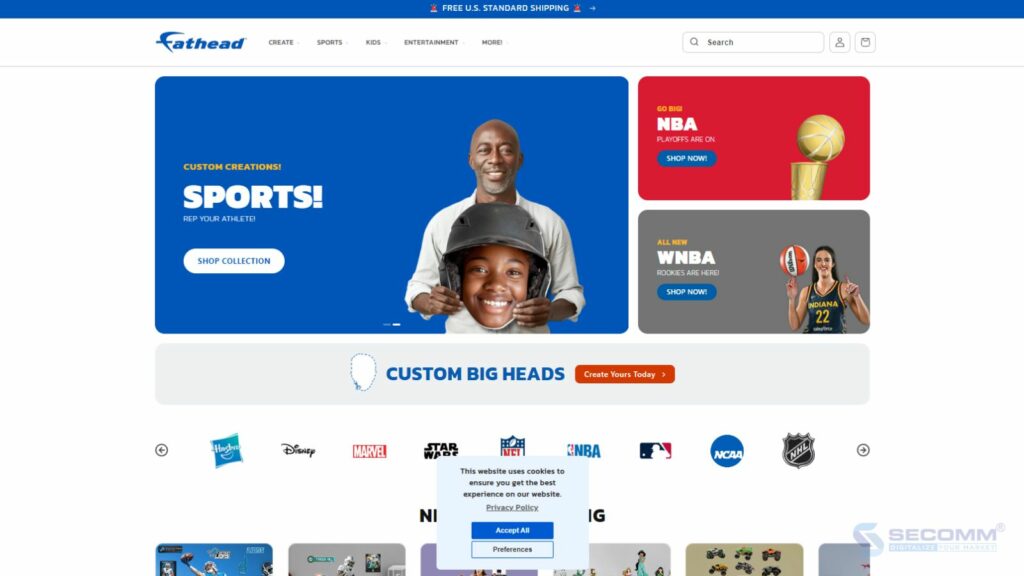
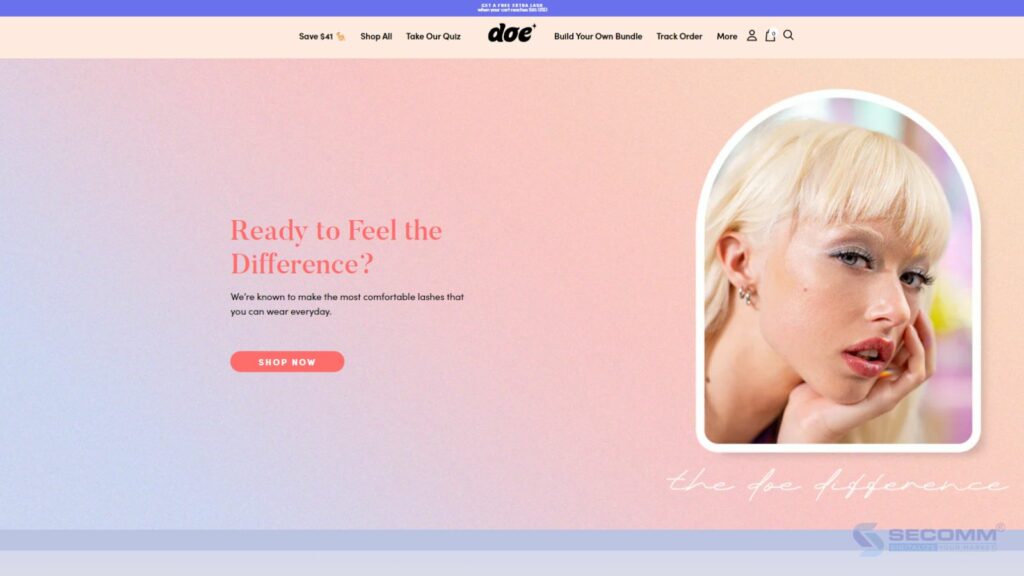




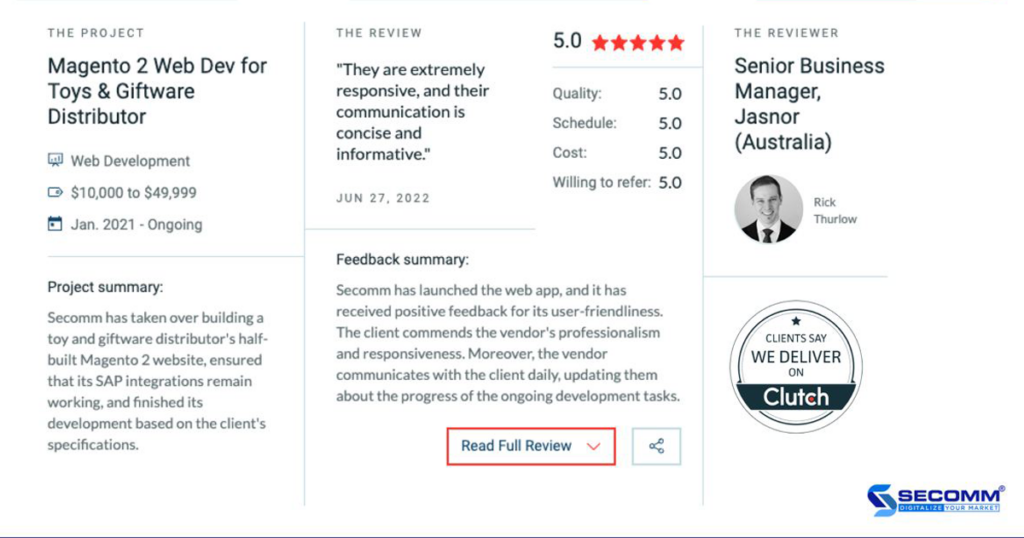
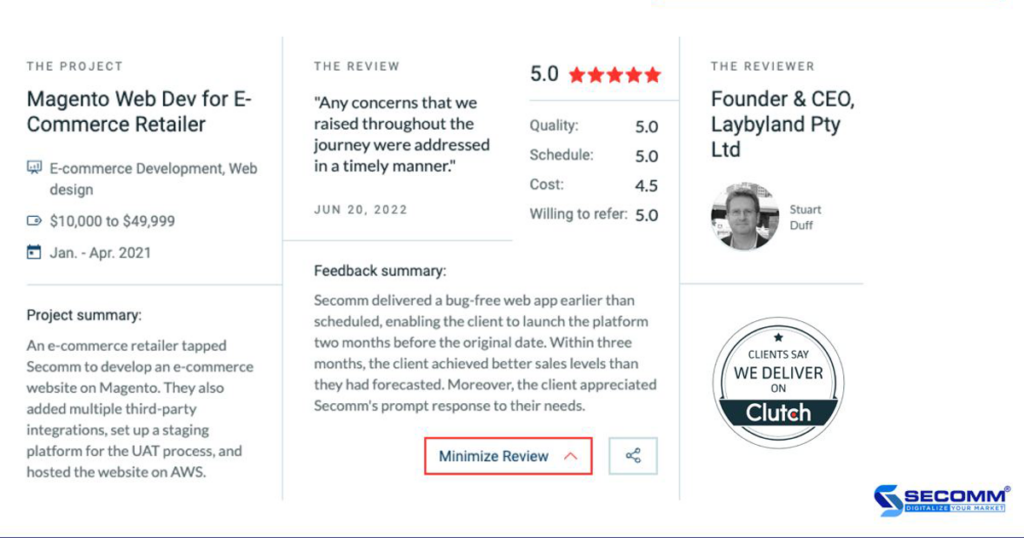
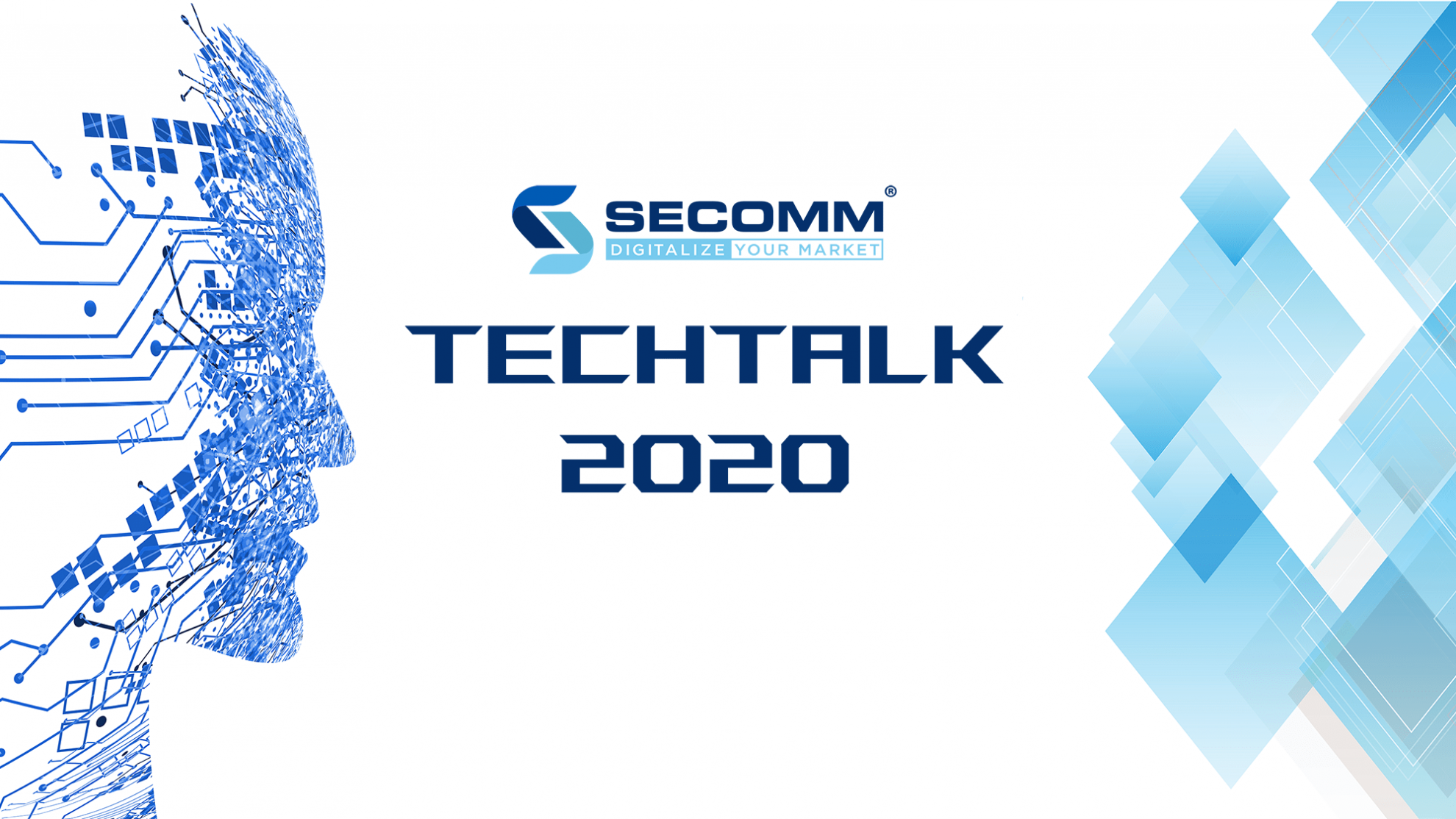
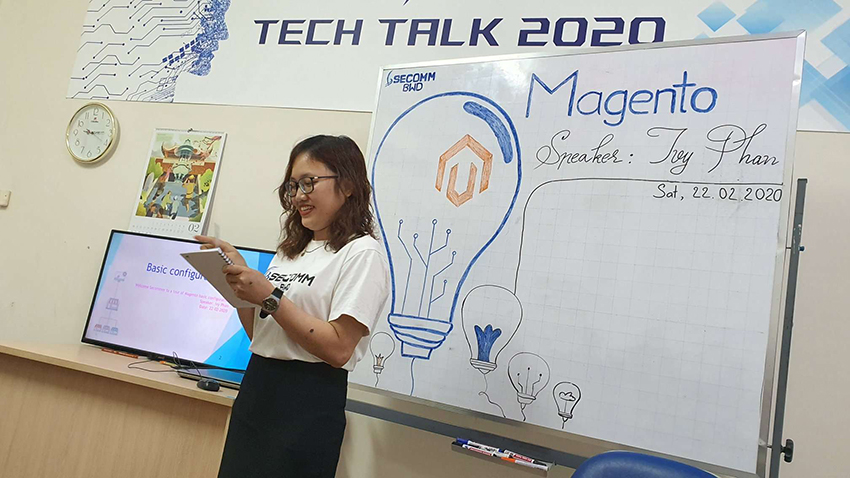


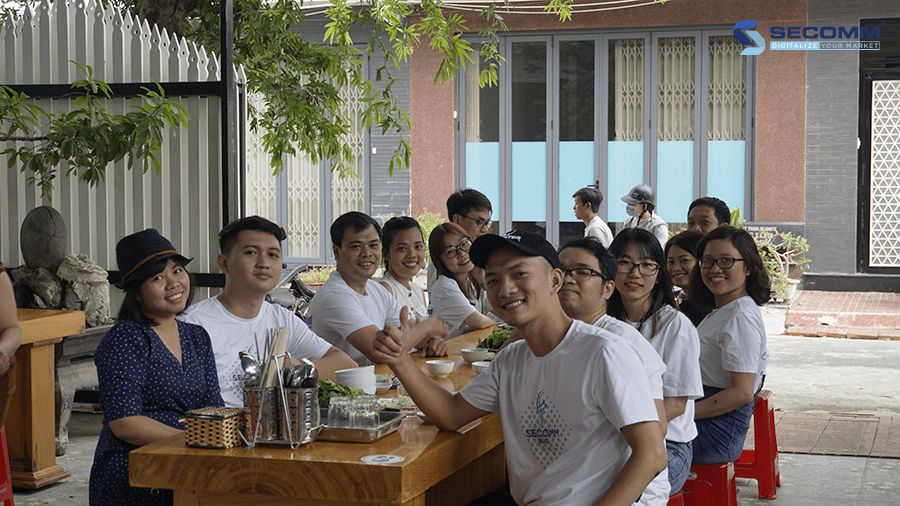
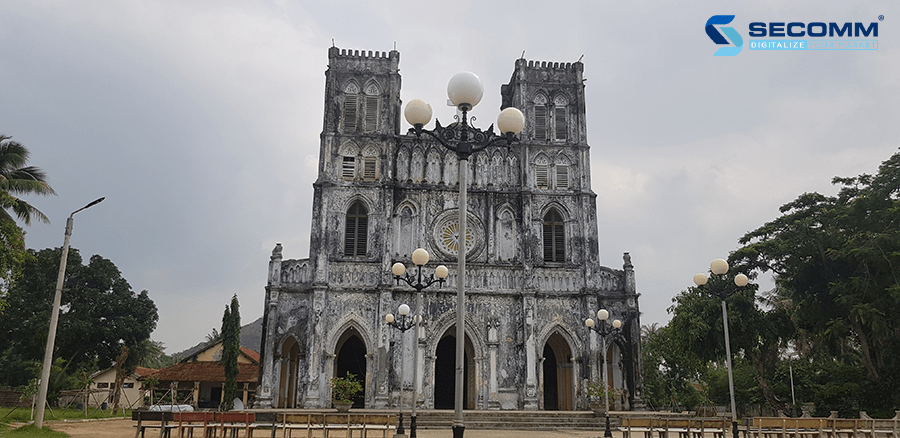





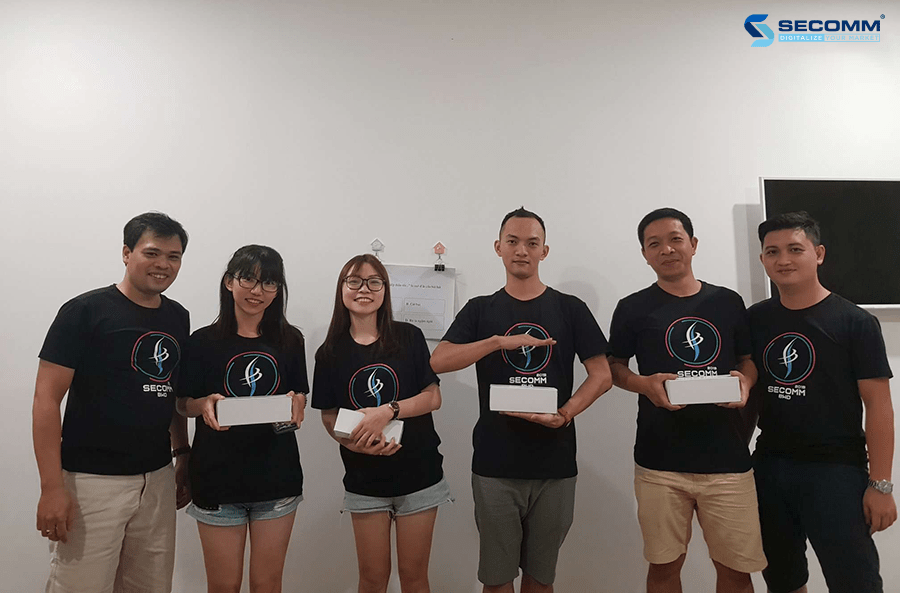





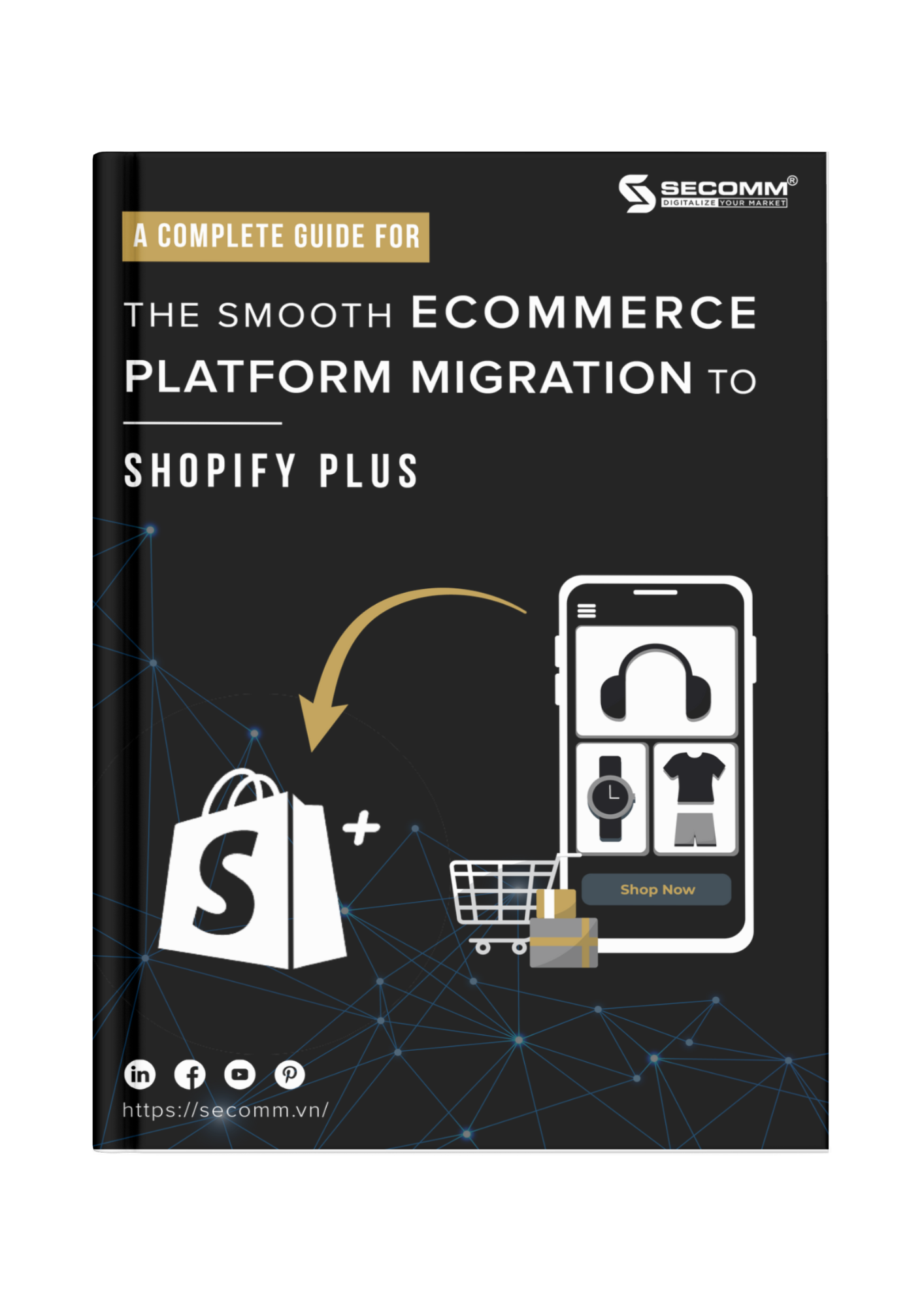



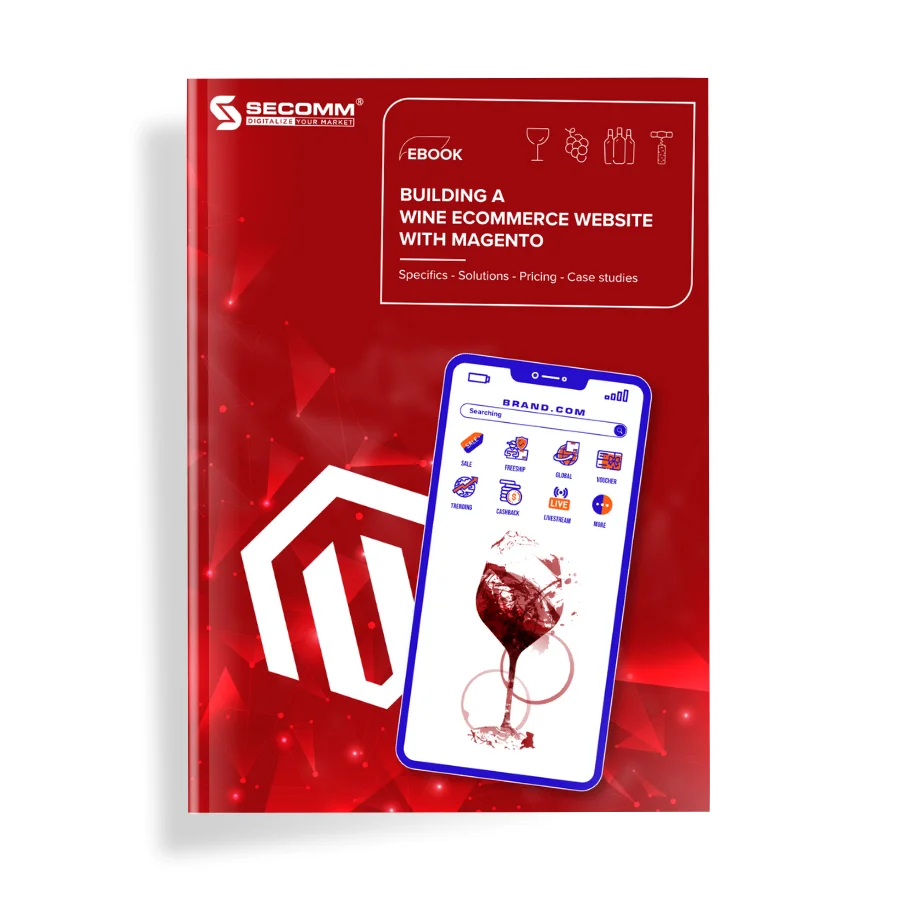
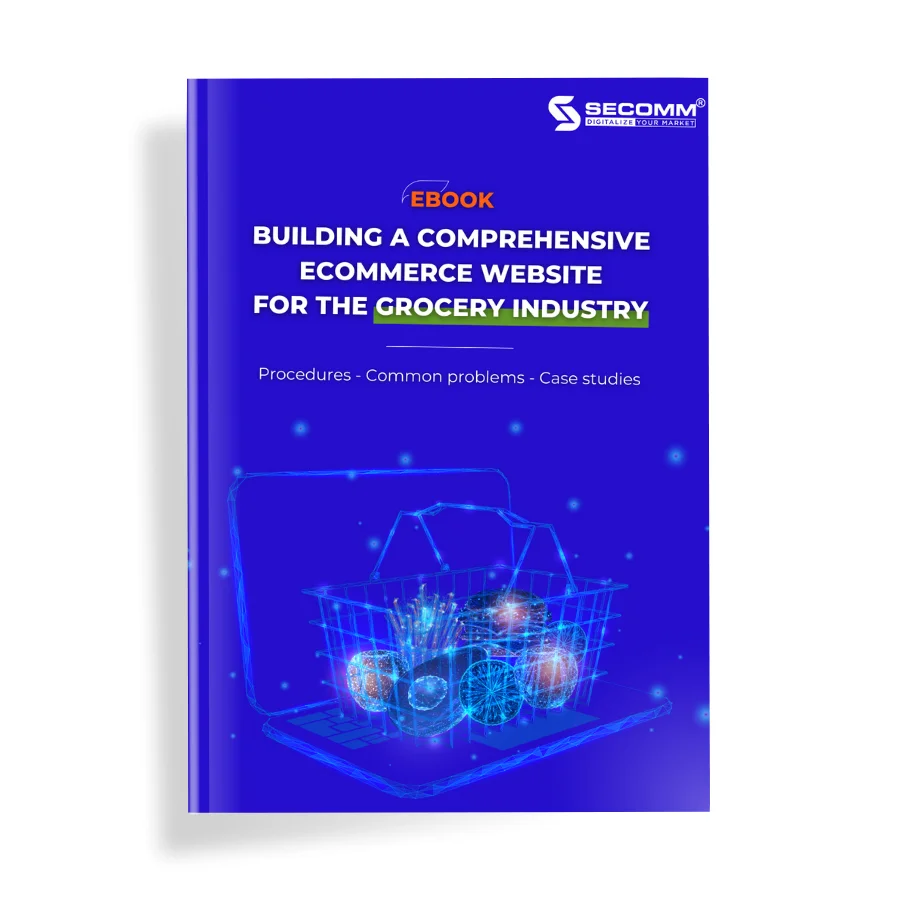
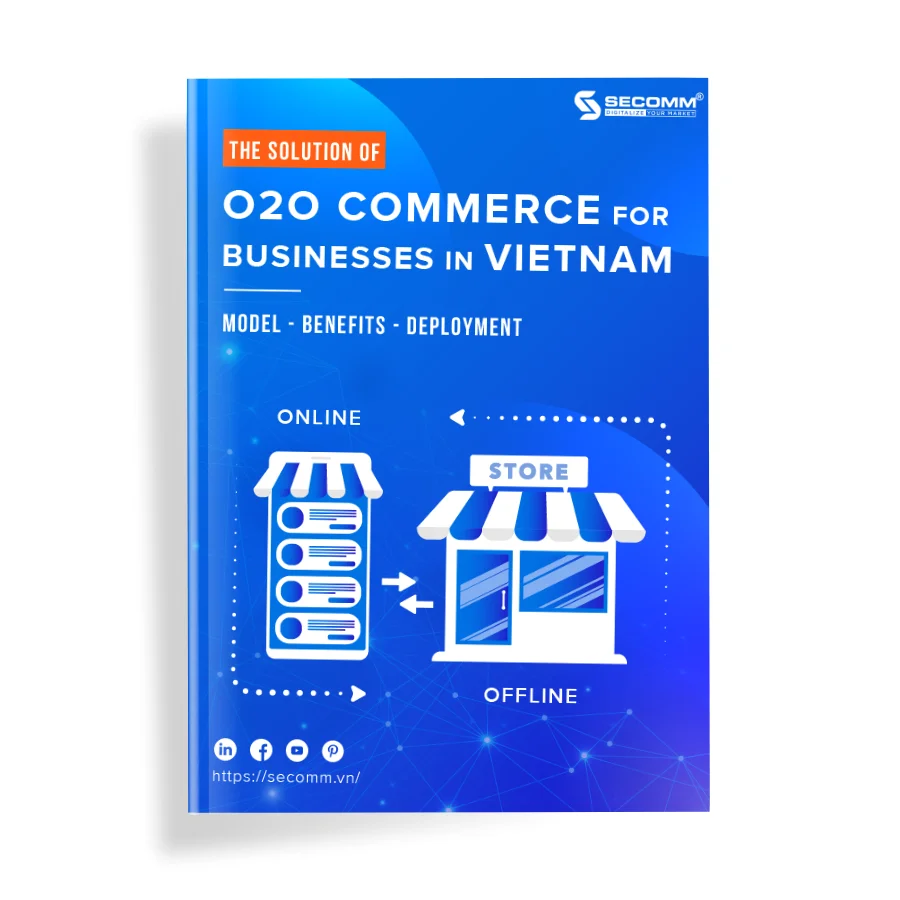
Comment (0)